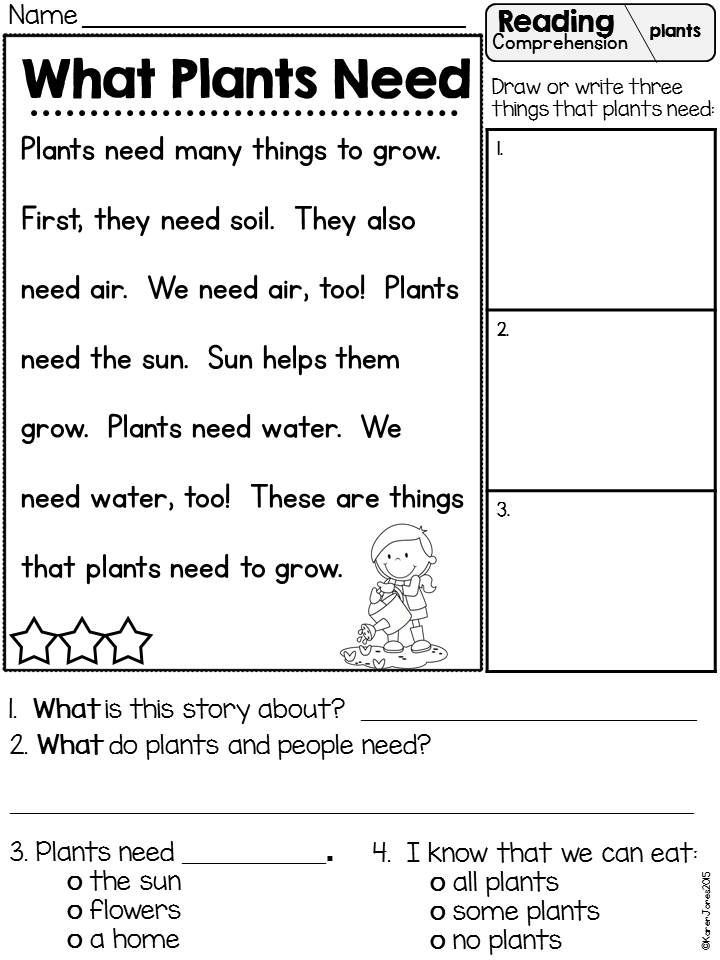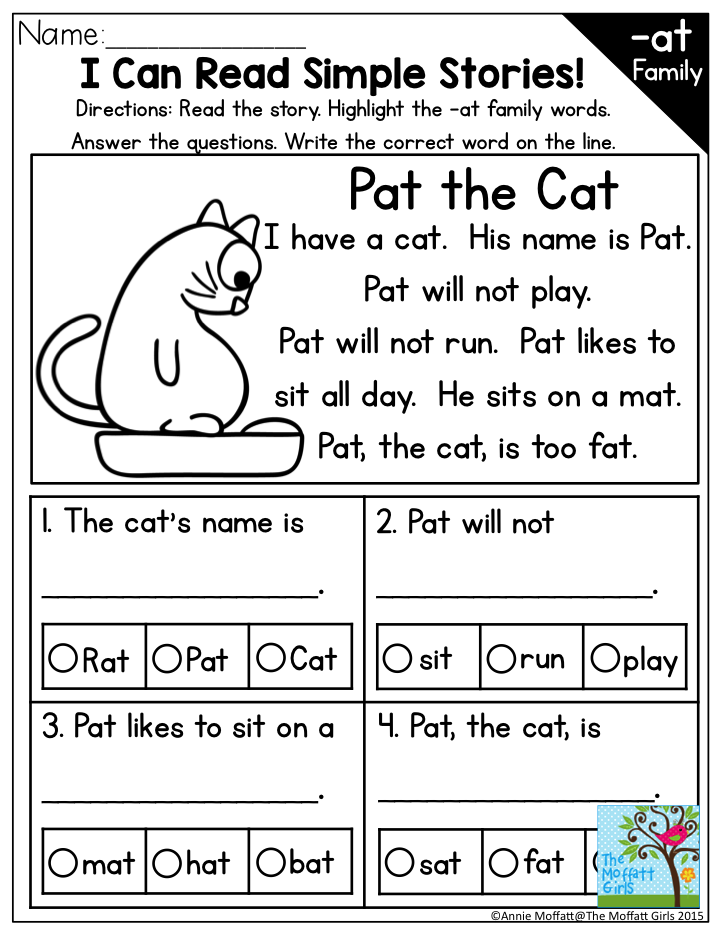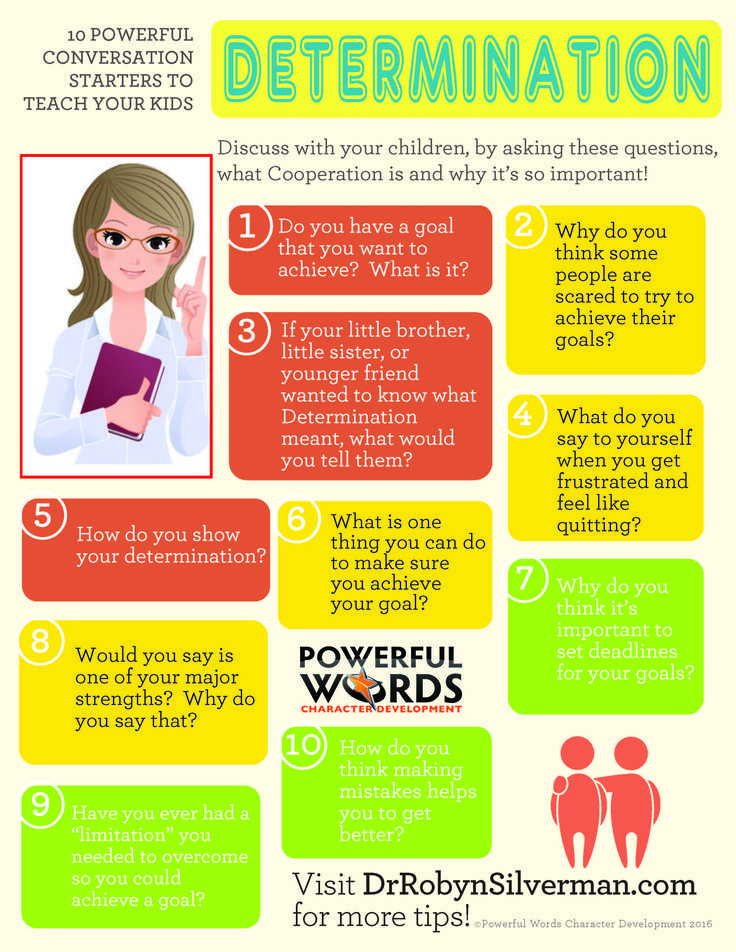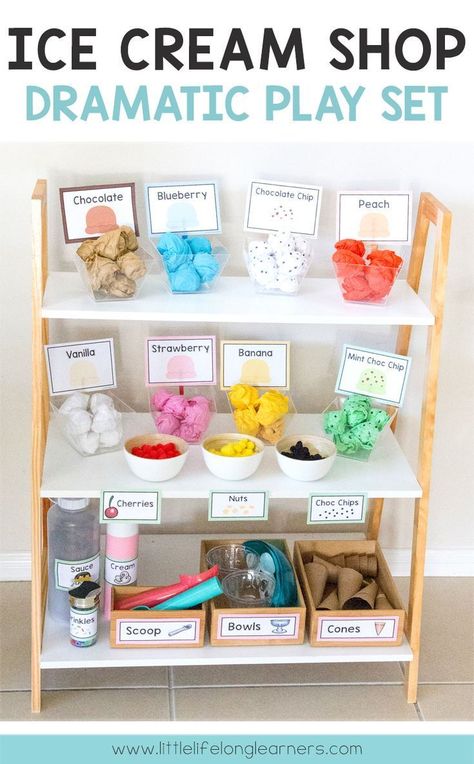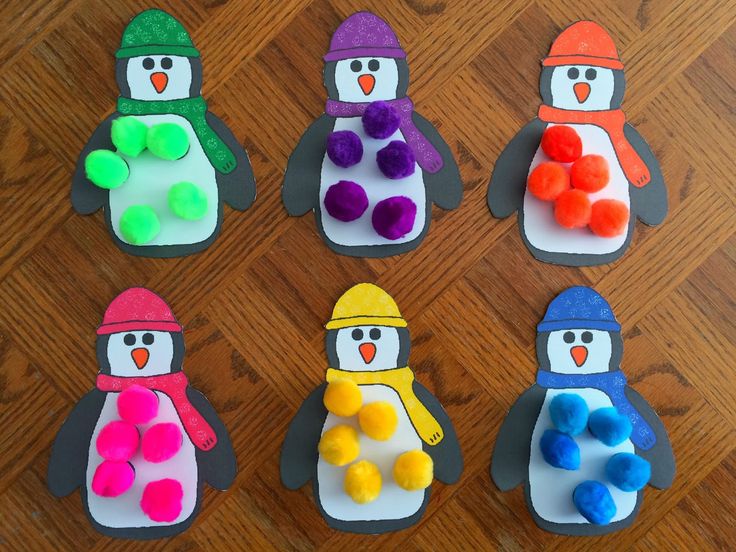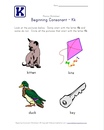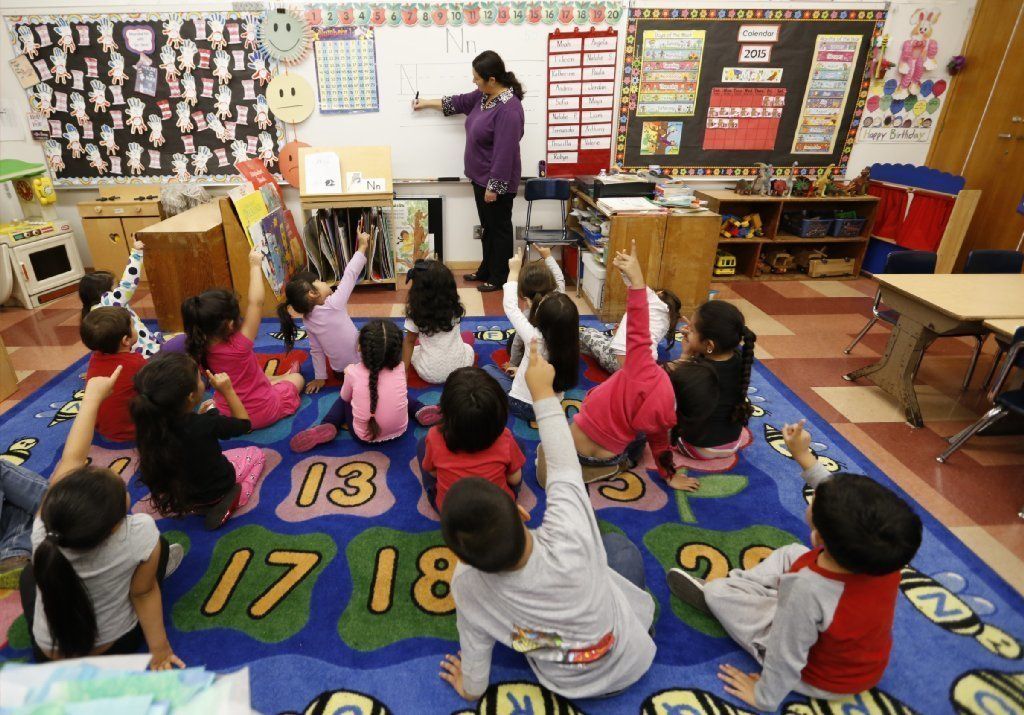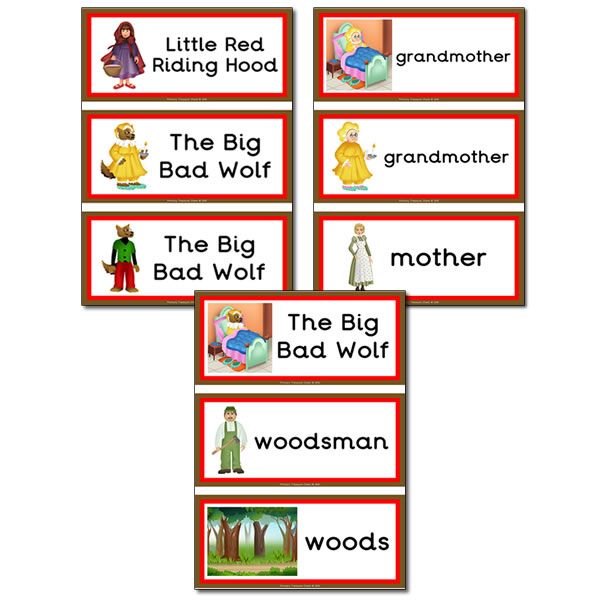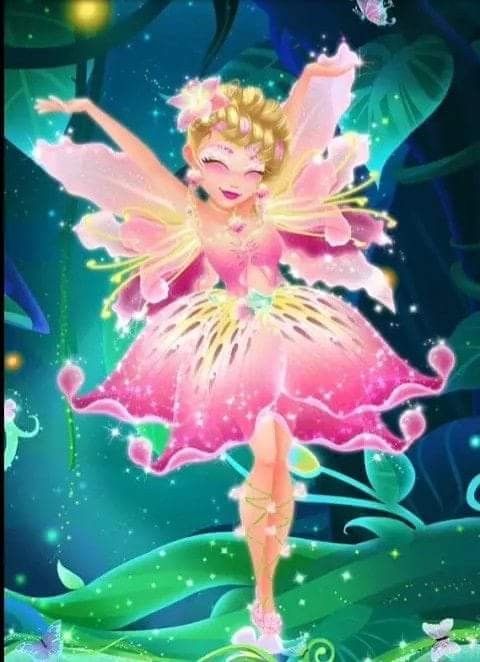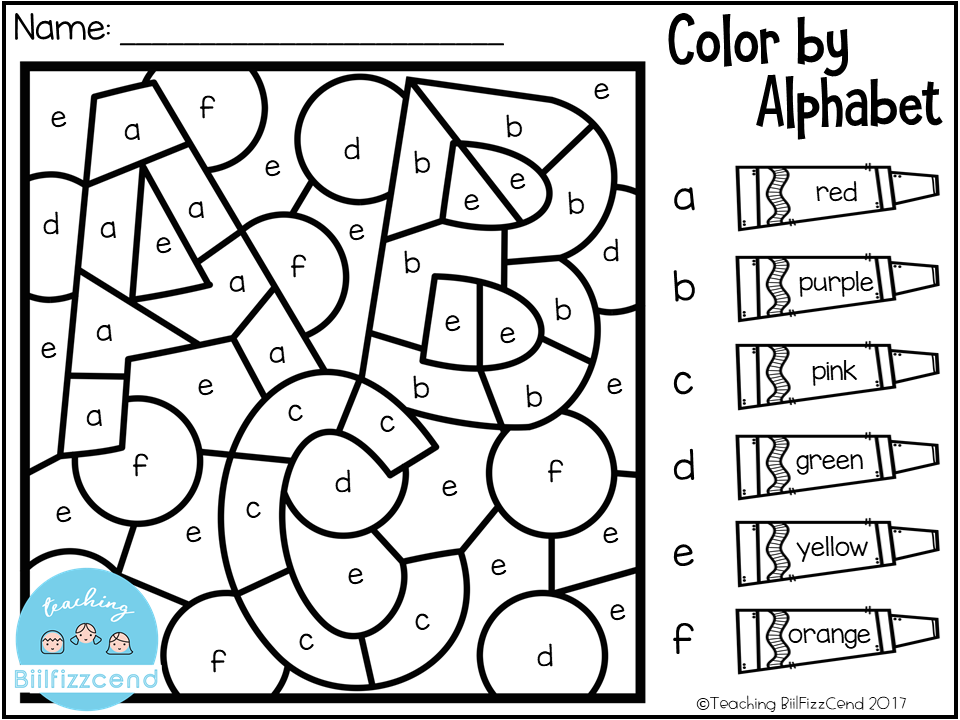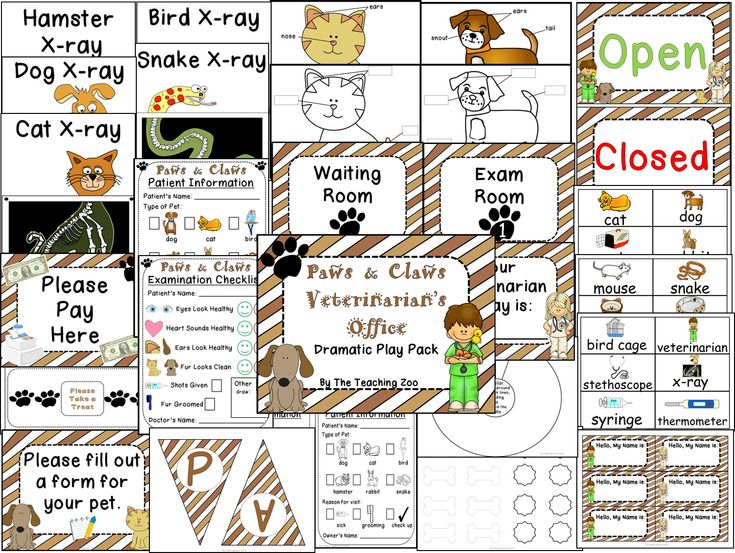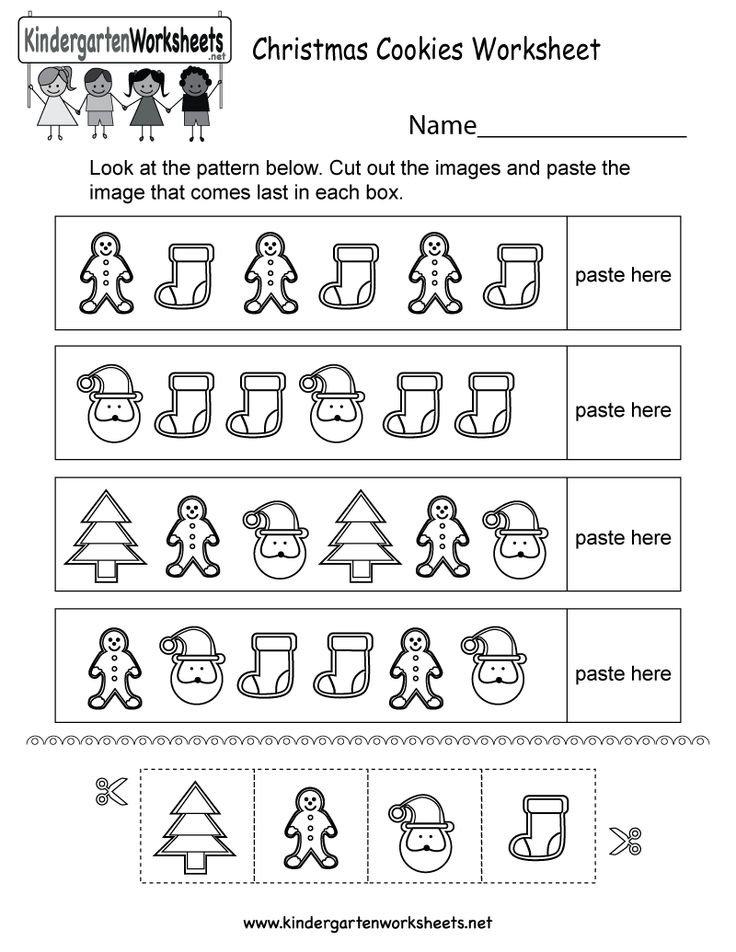Kindergarten reading goals
Kindergarten Reading IEP Goals | TeachTastic
This IEP goal bank is on first-grade reading prerequisite skills, including progress monitoring, data collection tools, worksheets, and lesson packs for all top nationally used IEP goals.
Best Kindergarten Reading IEP Goals
Free IEP goals and objectives for kindergarten reading that are focused on a learning progression for most common core clusters to build strong reading foundational skills for future grades.
Most frequently search reading IEP goals for kindergarten
-
reading cvc words goals
-
decoding goals
-
reading comprehension goals
-
setting up for first-grade IEP goals
MathELA
Kindergarten1st2nd3rd4th5th6th7th8th
Kindergarten Reading IEP Goals
L.K: Language
- L.K.1: Demonstrate command of the conventions of standard English grammar and usage when writing or speaking.
- L.K.1.A: Print many upper- and lowercase letters.
- L.K.1.B: Use frequently occurring nouns and verbs.
- This goal covers the following objectives
- Complete the sentence with an action verb to match the picture
- Find the action verb
- Choose the singular or plural noun that matches the picture
- Is the noun a person, animal, place, or thing?
- L.K.1.C: Form regular plural nouns orally by adding /s/ or /es/ (e.g., dog, dogs; wish, wishes).
- This goal covers the following objectives
- Choose the singular or plural noun that matches the picture
- Find a word in a sentence
- Word recognition: Choose the sentence that is spaced correctly
- Word recognition: Choose the two words that are the same
- L.K.1.D: Understand and use question words (interrogatives) (e.g., who, what, where, when, why, how).
- This goal covers the following objectives
- Answer question related to who, what, when, where, or why
- Guess what the object or thing is from a riddle
- What will happen next?
- What is the picture about?
- L.
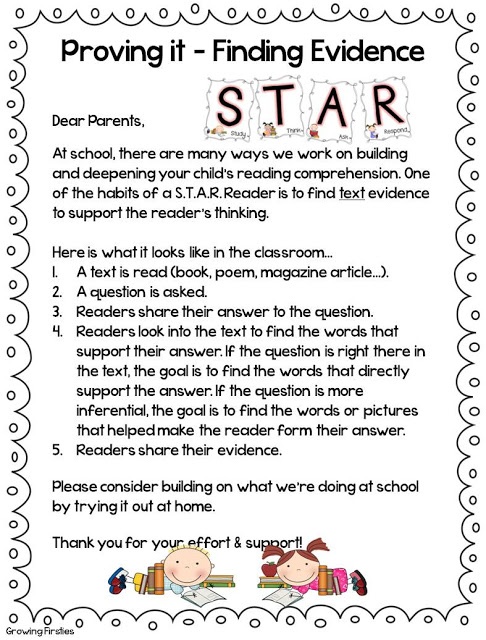 K.1.E: Use the most frequently occurring prepositions (e.g., to, from, in, out, on, off, for, of, by, with).
K.1.E: Use the most frequently occurring prepositions (e.g., to, from, in, out, on, off, for, of, by, with).- This goal covers the following objectives
- Location words: Match the picture
- Location words: Inside and outside, above and below, next to and beside
- What will happen next?
- What is the picture about?
- L.K.1.F: Produce and expand complete sentences in shared language activities.
- This goal covers the following objectives
- Find the complete sentence
- Identify and use end marks
- Sentences: Answer is it a telling sentence or an asking sentence
- Capitalize the first letter of a sentence
- L.K.2: Demonstrate command of the conventions of standard English capitalization, punctuation, and spelling when writing.
- L.K.2.A: Capitalize the first word in a sentence and the pronoun
- This goal covers the following objectives
- Capitalize the first letter of a sentence
- Capitalize the pronoun "I"
- Find a word in a sentence
- L.
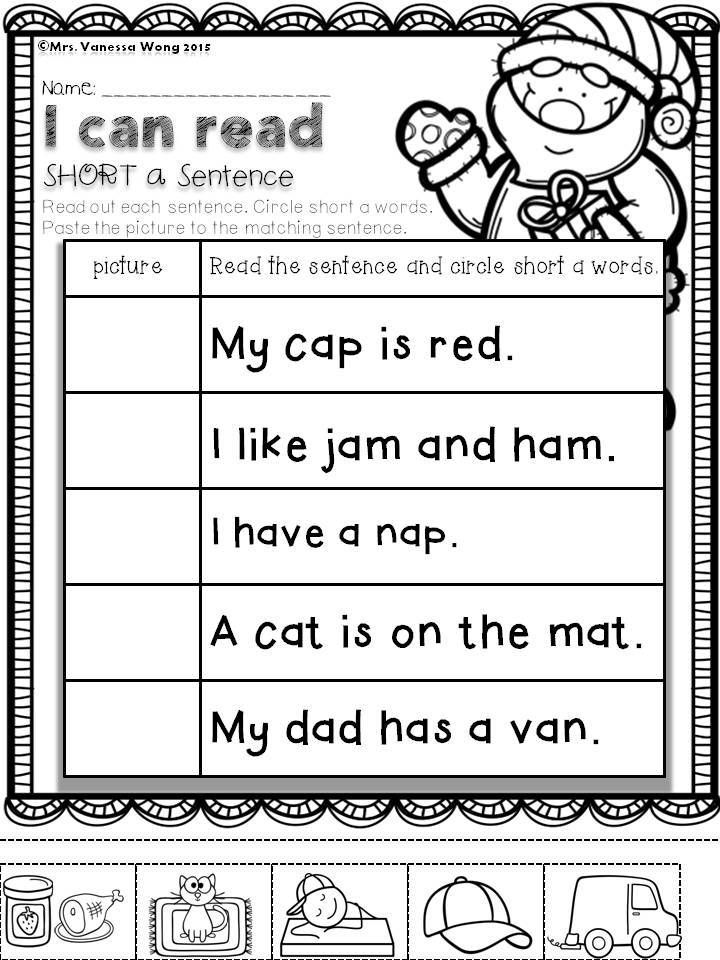 K.2.B: Recognize and name end punctuation.
K.2.B: Recognize and name end punctuation.- This goal covers the following objectives
- Identify and use end marks
- Sentences: Answer is it a telling sentence or an asking sentence
- Capitalize the pronoun "I"
- Capitalize the first letter of a sentence
- L.K.2.C: Write a letter or letters for most consonant and short-vowel sounds (phonemes).
- This goal covers the following objectives
- Identify the short vowel sound in a word
- Consonant blends and digraphs: Choose the correct digraph
- Consonant blends and digraphs: Answer which consonant blend does the word end with
- Consonant blends and digraphs: Complete the word with the right initial consonant blend
- L.K.2.D: Spell simple words phonetically, drawing on knowledge of sound-letter relationships.
- This goal covers the following objectives
- Spell the short vowel word
- Consonant blends and digraphs: Word matching with pictures: -ss, -ll, -ff, -zz, -ck
- Consonant blends and digraphs: Complete the word with the right final consonant blend
- Consonant blends and digraphs: Complete the word with the right initial consonant blend
- L.K.2.A: Capitalize the first word in a sentence and the pronoun
- L.
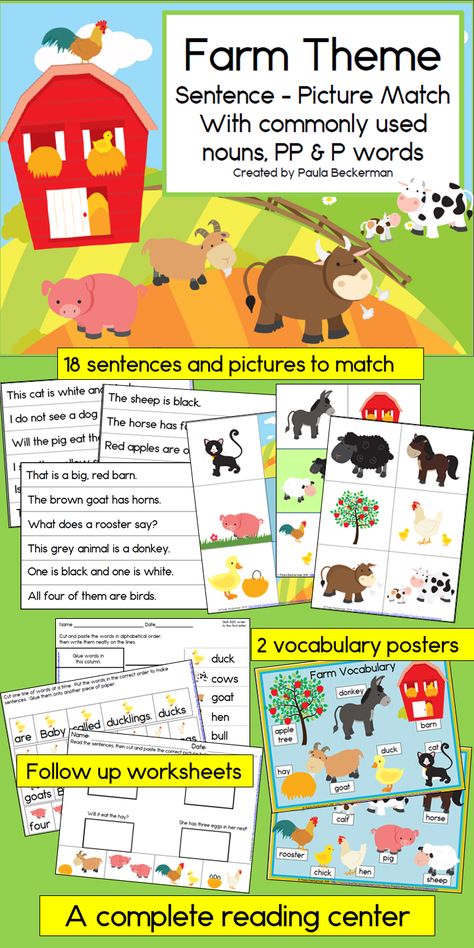 K.4: Determine or clarify the meaning of unknown and multiple-meaning words and phrases based on kindergarten reading and content.
K.4: Determine or clarify the meaning of unknown and multiple-meaning words and phrases based on kindergarten reading and content.- L.K.4.A: Identify new meanings for familiar words and apply them accurately (e.g., knowing duck is a bird and learning the verb to duck).
- This goal covers the following objectives
- Multiple meaning words: Multiple meaning words with pictures
- Categories: Select which one is not like the others
- Match synonyms
- Match antonyms to pictures
- L.K.4.B: Use the most frequently occurring inflections and affixes (e.g., -ed, -s, re-, un-, pre-, -ful, -less) as a clue to the meaning of an unknown word.
- This goal covers the following objectives
- Choose the singular or plural noun that matches the picture
- Is the noun a person, animal, place, or thing?
- Capitalize the pronoun "I"
- Capitalize the first letter of a sentence
- L.K.4.A: Identify new meanings for familiar words and apply them accurately (e.g., knowing duck is a bird and learning the verb to duck).
- L.K.5: With guidance and support from adults, explore word relationships and nuances in word meanings.

- L.K.5.A: Sort common objects into categories (e.g., shapes, foods) to gain a sense of the concepts the categories represent.
- This goal covers the following objectives
- Categories: Select which one is not like the others
- Sorting: Objects into categories
- Match synonyms
- Match antonyms to pictures
- L.K.5.B: Demonstrate understanding of frequently occurring verbs and adjectives by relating them to their opposites (antonyms).
- This goal covers the following objectives
- Match antonyms to pictures
- Location words: Match the picture
- Location words: Inside and outside, above and below, next to and beside
- Compare pictures using adjectives
- L.K.5.C: Identify real-life connections between words and their use (e.g., note places at school that are colorful).
- This goal covers the following objectives
- Multiple meaning words: Multiple meaning words with pictures
- Sorting: Objects into categories
- Location words: Match the picture
- Find the picture that matches the action verb
- L.
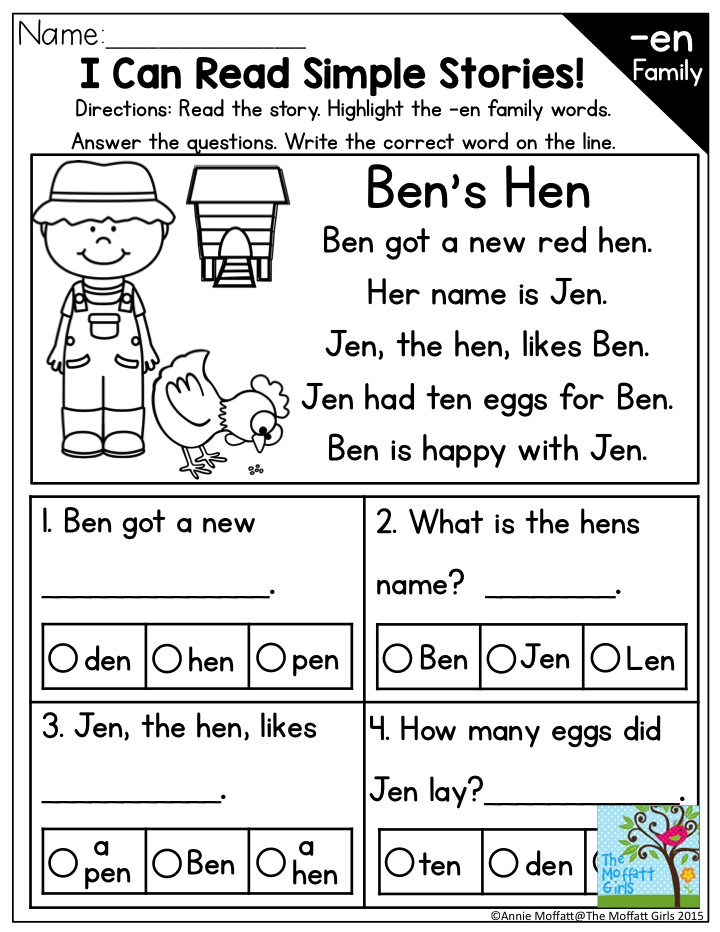 K.5.D: Distinguish shades of meaning among verbs describing the same general action (e.g., walk, march, strut, prance) by acting out the meanings.
K.5.D: Distinguish shades of meaning among verbs describing the same general action (e.g., walk, march, strut, prance) by acting out the meanings.
- L.K.5.A: Sort common objects into categories (e.g., shapes, foods) to gain a sense of the concepts the categories represent.
- L.K.6: Use words and phrases acquired through conversations, reading and being read to, and responding to texts.
- L.K.6: Use words and phrases acquired through conversations, reading and being read to, and responding to texts.
- This goal covers the following objectives
- Location words: Match the picture
- Location words: Inside and outside, above and below, next to and beside
- Find the picture that matches the action verb
- Use color words
- L.K.6: Use words and phrases acquired through conversations, reading and being read to, and responding to texts.
RF.K: Reading: Foundational Skills
- RF.K.1: Demonstrate understanding of the organization and basic features of print.
- RF.K.1.A: Follow words from left to right, top to bottom, and page by page.
- This goal covers the following objectives
- Identify book parts and features
- Find a word in a sentence
- Word recognition: Choose the sentence that is spaced correctly
- Word recognition: Choose the two words that are the same
- RF.
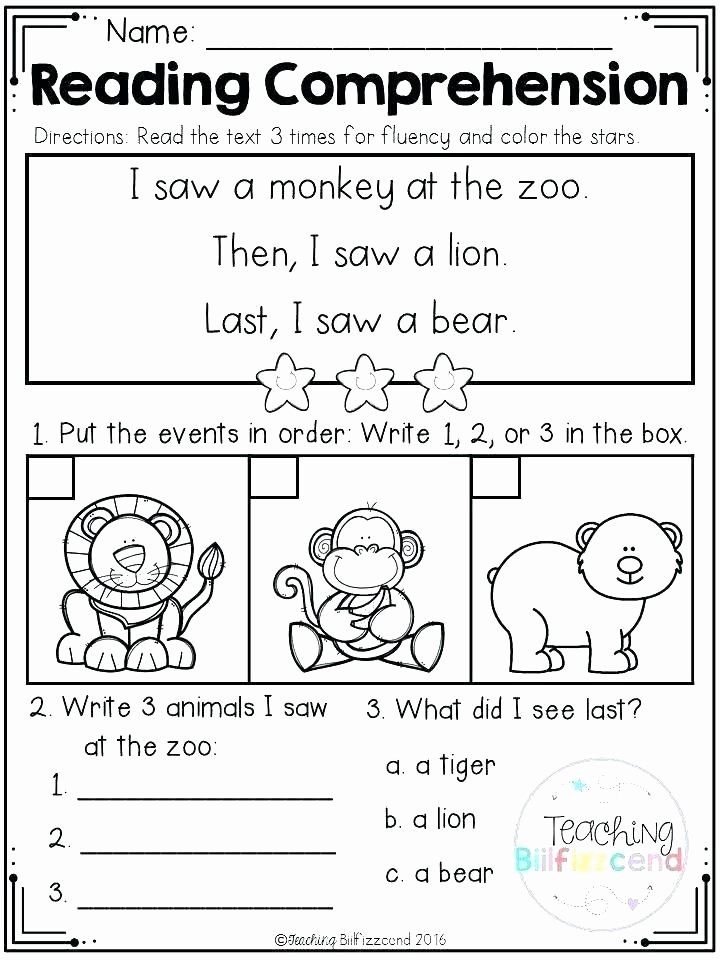 K.1.B: Recognize that spoken words are represented in written language by specific sequences of letters.
K.1.B: Recognize that spoken words are represented in written language by specific sequences of letters.- This goal covers the following objectives
- Put the sounds in order
- Identify the second sound in a word
- Word recognition: Choose the two words that are the same
- Find a word in a sentence
- RF.K.1.C: Understand that words are separated by spaces in print.
- This goal covers the following objectives
- Find a word in a sentence
- Word recognition: Choose the sentence that is spaced correctly
- Word recognition: Choose the two words that are the same
- Identify the second sound in a word
- RF.K.1.D: Recognize and name all upper- and lowercase letters of the alphabet.
- This goal covers the following objectives
- Letter identification: Identify frequently confused letters
- Letter identification: Choose the uppercase letter that you hear
- Letter identification: Choose the lower case letter that you hear
- Letter identification: Find letters in the alphabet
- RF.K.1.A: Follow words from left to right, top to bottom, and page by page.
- RF.
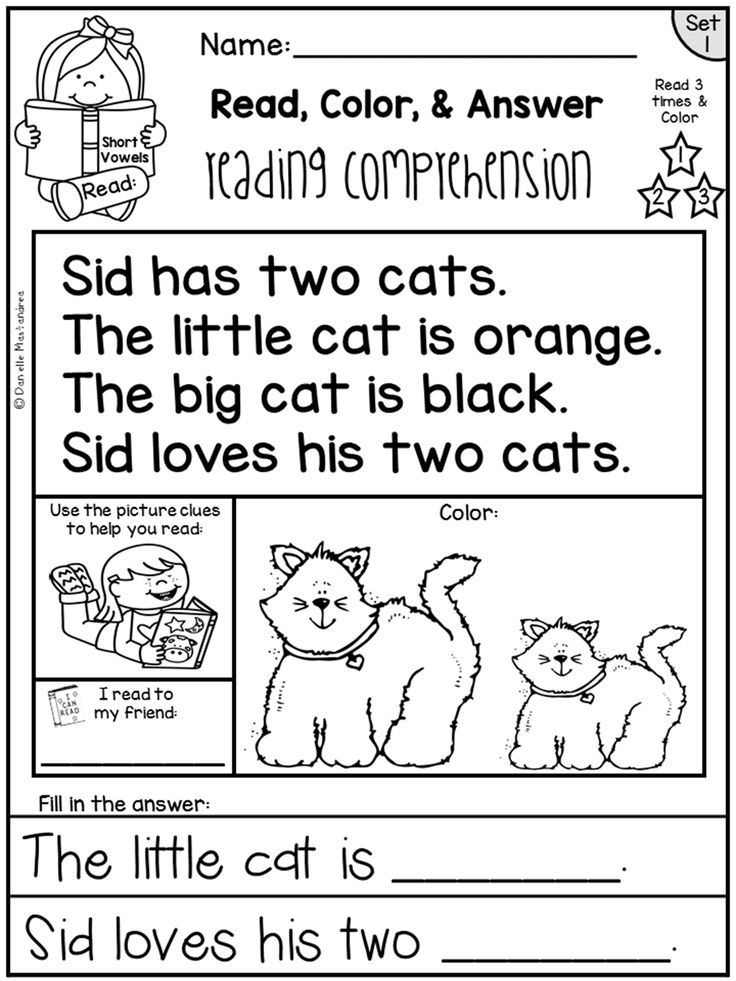 K.2: Demonstrate understanding of spoken words, syllables, and sounds (phonemes).
K.2: Demonstrate understanding of spoken words, syllables, and sounds (phonemes).- RF.K.2.A: Recognize and produce rhyming words.
- This goal covers the following objectives
- Complete the rhyme
- Select which word does not rhyme
- Choose the picture that rhymes with the word
- Choose the words that have a given ending
- RF.K.2.B: Count, pronounce, blend, and segment syllables in spoken words.
- This goal covers the following objectives
- Sort by the number of syllables
- Select which word has more syllables
- How many syllables does the word have?
- Find a word in a sentence
- RF.K.2.C: Blend and segment onsets and rimes of single-syllable spoken words.
- This goal covers the following objectives
- Short o: Complete the short o word
- Short i: Complete the short i words
- Short e: Complete the short e word
- Short a: Complete the short a word
- RF.
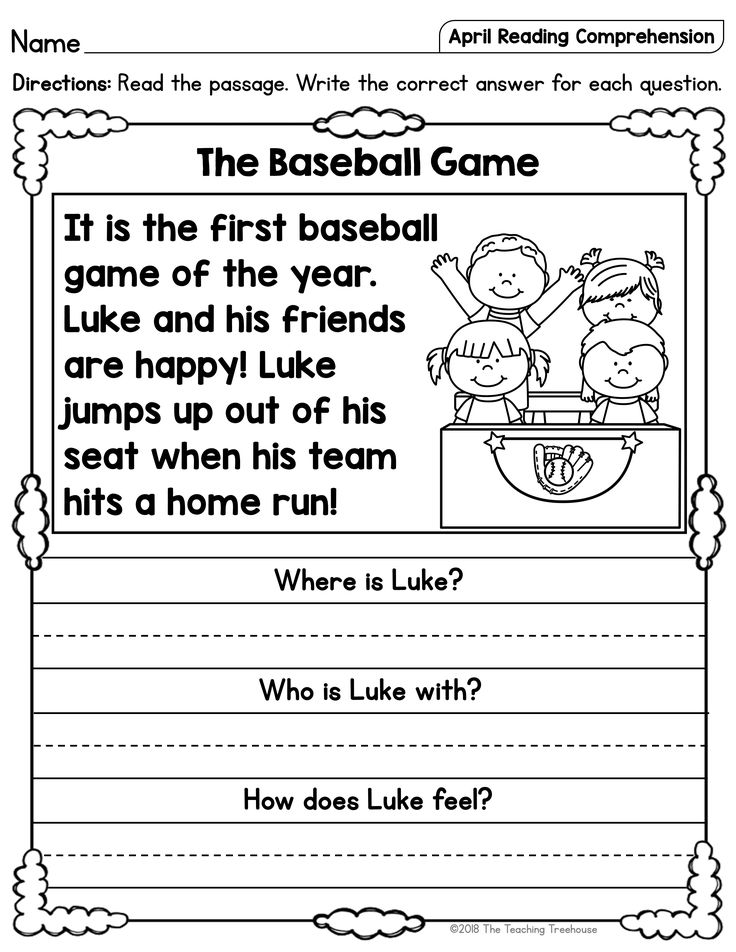 K.2.D: Isolate and pronounce the initial, medial vowel, and final sounds (phonemes) in three-phoneme (consonant-vowel-consonant, or CVC) words.
K.2.D: Isolate and pronounce the initial, medial vowel, and final sounds (phonemes) in three-phoneme (consonant-vowel-consonant, or CVC) words.- This goal covers the following objectives
- Identify the short vowel sound in a word
- Consonant blends and digraphs: Choose the correct digraph
- Put the sounds in order
- Identify the second sound in a word
- RF.K.2.E: Add or substitute individual sounds (phonemes) in simple, one-syllable words to make new words.
- This goal covers the following objectives
- Identify the short vowel sound in a word
- Short i: Complete the short i words
- Short e: Complete the short e word
- Short a: Complete the short a word
- RF.K.2.A: Recognize and produce rhyming words.
- RF.K.3: Know and apply grade-level phonics and word analysis skills in decoding words.
- RF.K.3.A: Demonstrate basic knowledge of one-to-one letter-sound correspondences by producing the primary sound or many of the most frequent sounds for each consonant.
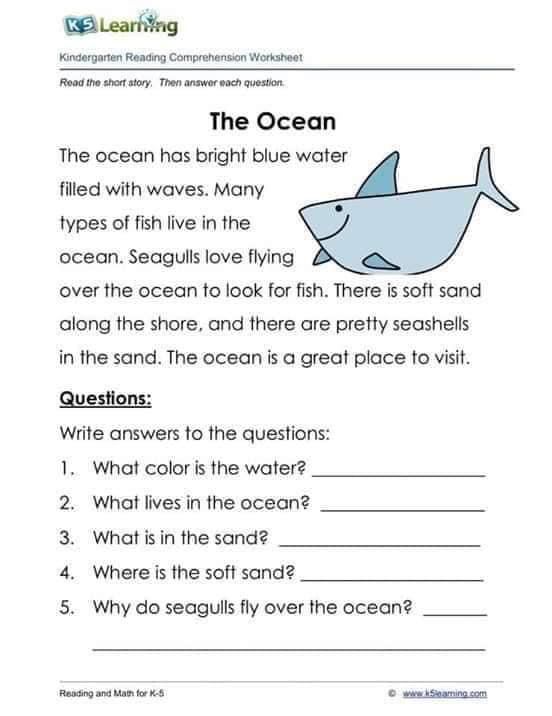
- This goal covers the following objectives
- Consonant blends and digraphs: Choose the correct digraph
- Select which letter does the word end with
- Select which letter does the word start with
- Choose the letter that matches the consonant sound
- RF.K.3.B: Associate the long and short sounds with the common spellings (graphemes) for the five major vowels.
- This goal covers the following objectives
- Sort short and long vowel words
- Choose the word that has a different vowel sound
- Spell the short vowel word
- Complete the word with the right short vowel
- This goal covers the following objectives
- Short a: Choose the short a word that matches the picture
- RF.K.3.C: Read common high-frequency words by sight (e.g.,?the,?of,?to,?you,?she,?my,?is,?are,?do,?does).
- This goal covers the following objectives
- Complete the sentence with the correct sight word
- Choose the sight word that you hear
- Choose the two sight words that are the same
- Word recognition: Choose the two words that are the same
- RF.
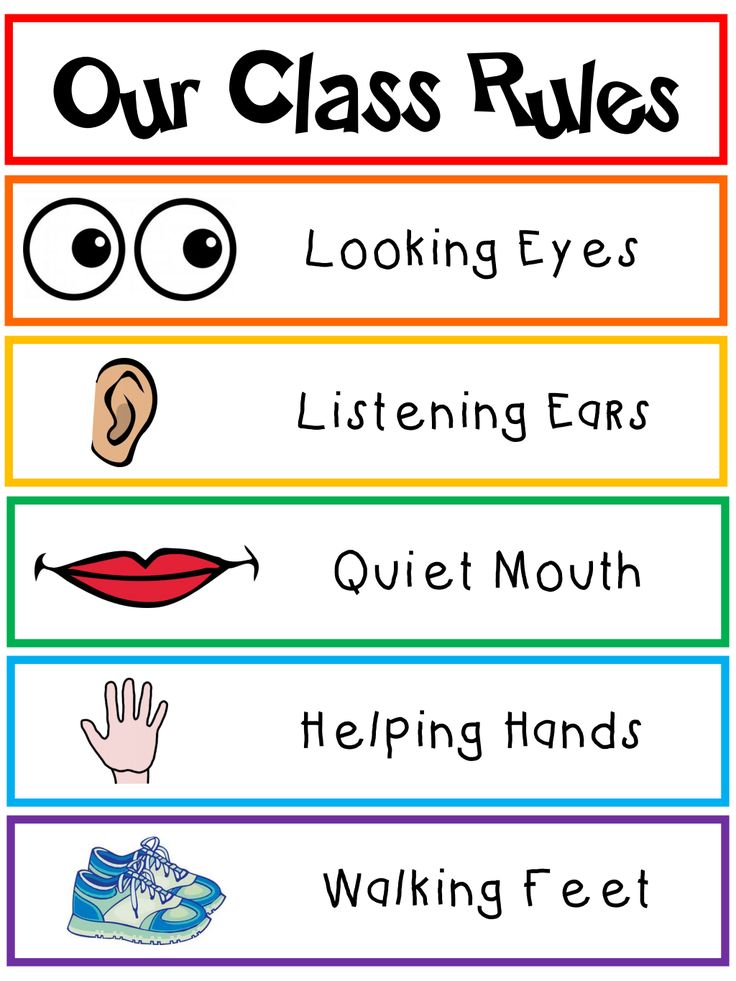 K.3.D: Distinguish between similarly spelled words by identifying the sounds of the letters that differ.
K.3.D: Distinguish between similarly spelled words by identifying the sounds of the letters that differ.- This goal covers the following objectives
- Short o: Choose the short o word that matches the picture
- Short i: Choose the short i word that matches the picture
- Short a: Choose the short a word that matches the picture
- Consonant blends and digraphs: Answer does the word start with a consonant blend
- RF.K.3.A: Demonstrate basic knowledge of one-to-one letter-sound correspondences by producing the primary sound or many of the most frequent sounds for each consonant.
- RF.K.4: Read emergent-reader texts with purpose and understanding.
- RF.K.4: Read emergent-reader texts with purpose and understanding.
- This goal covers the following objectives
- Guess what the object or thing is from a riddle
- Complete the sentence with the correct sight word
- Answer questions with short vowel words
- Complete the sentence with the correct short vowel word
- RF.K.4: Read emergent-reader texts with purpose and understanding.
RL.K: Reading: Literature
- RL.K.1: With prompting and support, ask and answer questions about key details in a text.
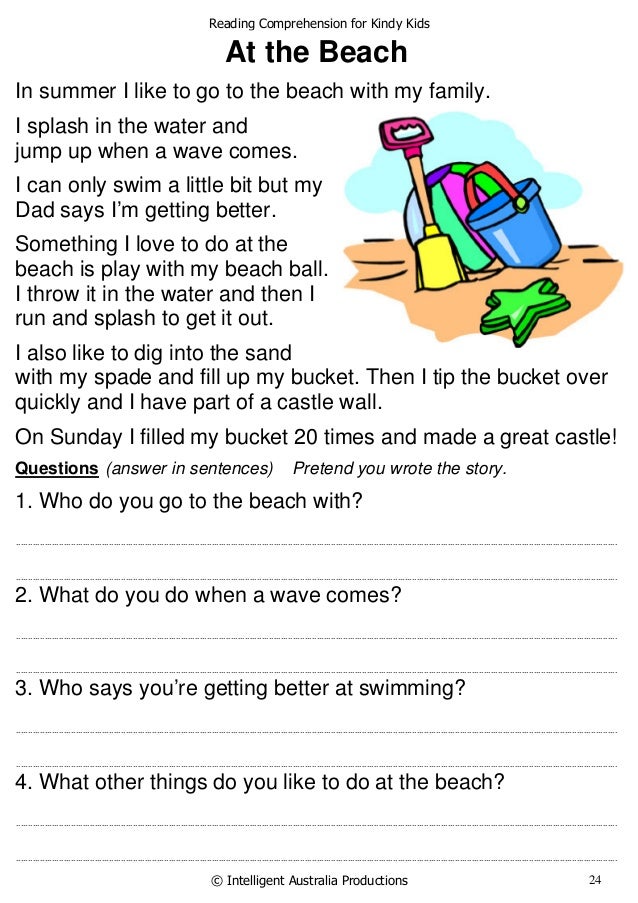
- RL.K.1: With prompting and support, ask and answer questions about key details in a text.
- RL.K.2: With prompting and support, retell familiar stories, including key details.
- RL.K.2: With prompting and support, retell familiar stories, including key details.
- RL.K.3: With prompting and support, identify characters, settings, and major events in a story.
- RL.K.3: With prompting and support, identify characters, settings, and major events in a story.
- RL.K.4: Ask and answer questions about unknown words in a text.
- RL.K.4: Ask and answer questions about unknown words in a text.
- RL.K.5: Recognize common types of texts (e.g., storybooks, poems).
- RL.K.5: Recognize common types of texts (e.g., storybooks, poems).
- RL.K.6: With prompting and support, name the author and illustrator of a story and define the role of each in telling the story.
- RL.K.6: With prompting and support, name the author and illustrator of a story and define the role of each in telling the story.
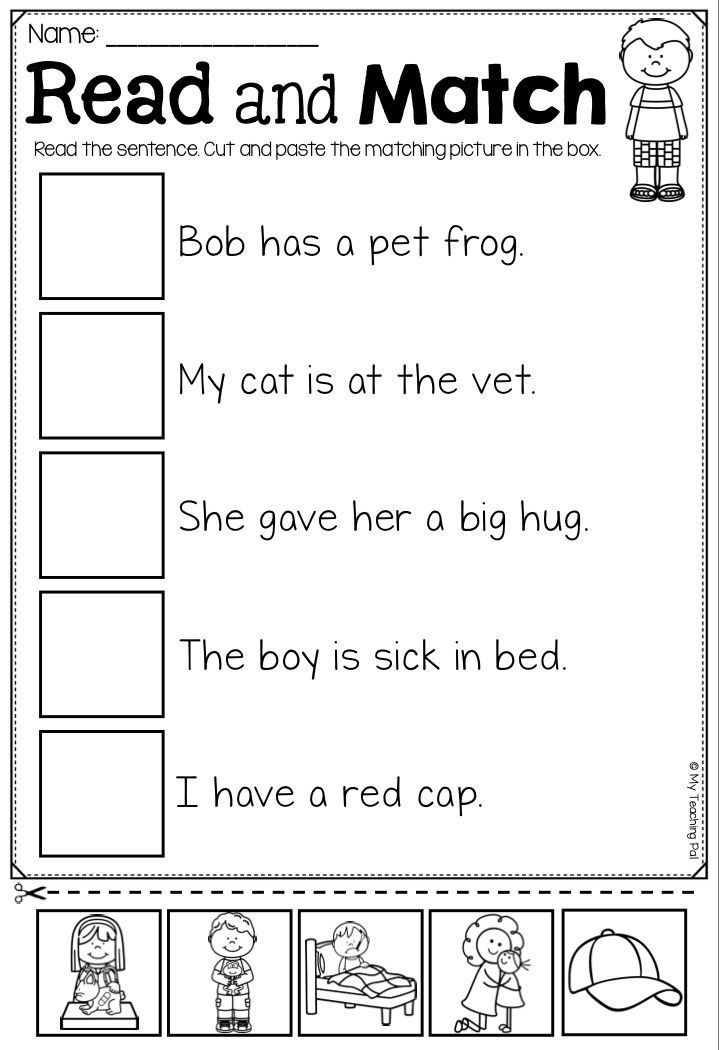
- RL.K.6: With prompting and support, name the author and illustrator of a story and define the role of each in telling the story.
- RL.K.7: With prompting and support, describe the relationship between illustrations and the story in which they appear (e.g., what moment in a story an illustration depicts).
- RL.K.7: With prompting and support, describe the relationship between illustrations and the story in which they appear (e.g., what moment in a story an illustration depicts).
- RL.K.9: With prompting and support, compare and contrast the adventures and experiences of characters in familiar stories.
- RL.K.9: With prompting and support, compare and contrast the adventures and experiences of characters in familiar stories.
- RL.K.10: Actively engage in group reading activities with purpose and understanding.
- RL.K.10: Actively engage in group reading activities with purpose and understanding.
RI.K: Reading: Informational Text
- RI.K.1: With prompting and support, ask and answer questions about key details in a text.
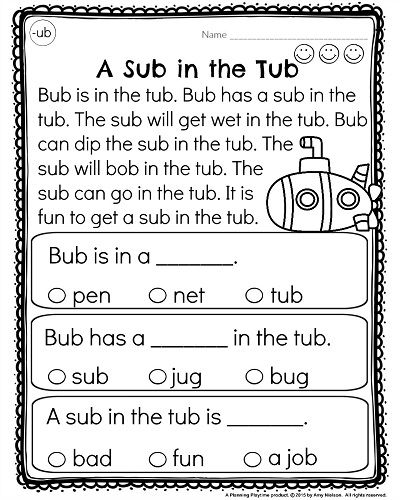
- RI.K.1: With prompting and support, ask and answer questions about key details in a text.
- RI.K.2: With prompting and support, identify the main topic and retell key details of a text.
- RI.K.2: With prompting and support, identify the main topic and retell key details of a text.
- RI.K.3: With prompting and support, describe the connection between two individuals, events, ideas, or pieces of information in a text.
- RI.K.3: With prompting and support, describe the connection between two individuals, events, ideas, or pieces of information in a text.
- RI.K.4: With prompting and support, ask and answer questions about unknown words in a text.
- RI.K.4: With prompting and support, ask and answer questions about unknown words in a text.
- RI.K.5: Identify the front cover, back cover, and title page of a book.
- RI.K.5: Identify the front cover, back cover, and title page of a book.
- RI.
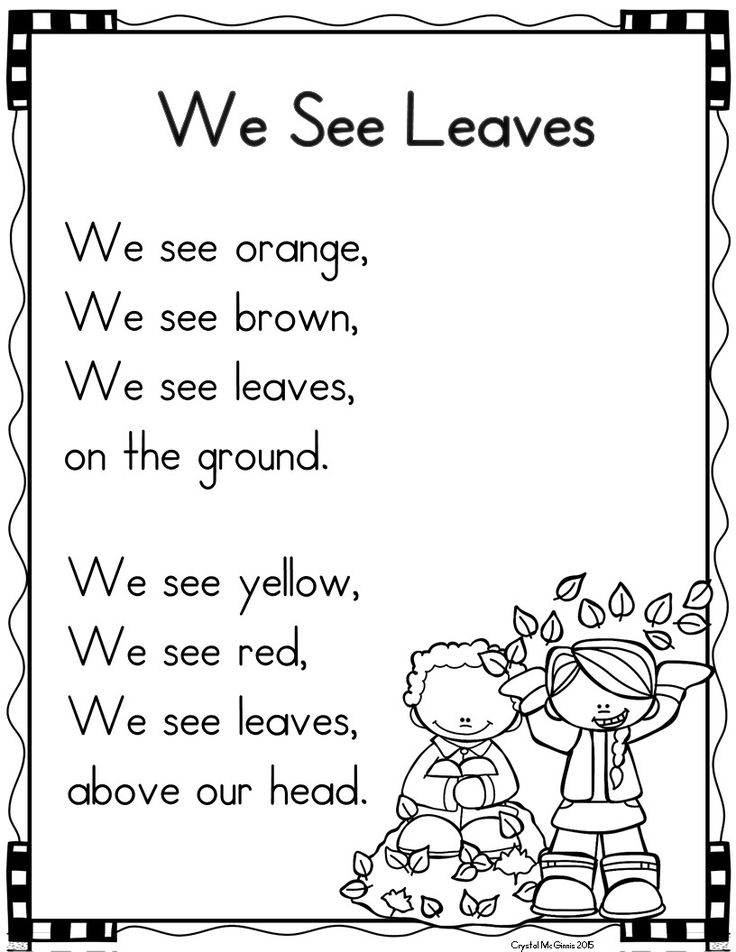 K.6: Name the author and illustrator of a text and define the role of each in presenting the ideas or information in a text.
K.6: Name the author and illustrator of a text and define the role of each in presenting the ideas or information in a text.- RI.K.6: Name the author and illustrator of a text and define the role of each in presenting the ideas or information in a text.
- RI.K.7: With prompting and support, describe the relationship between illustrations and the text in which they appear (e.g., what person, place, thing, or idea in the text an illustration depicts).
- RI.K.7: With prompting and support, describe the relationship between illustrations and the text in which they appear (e.g., what person, place, thing, or idea in the text an illustration depicts).
- RI.K.8: With prompting and support, identify the reasons an author gives to support points in a text.
- RI.K.8: With prompting and support, identify the reasons an author gives to support points in a text.
- RI.K.9: With prompting and support, identify basic similarities in and differences between two texts on the same topic (e.
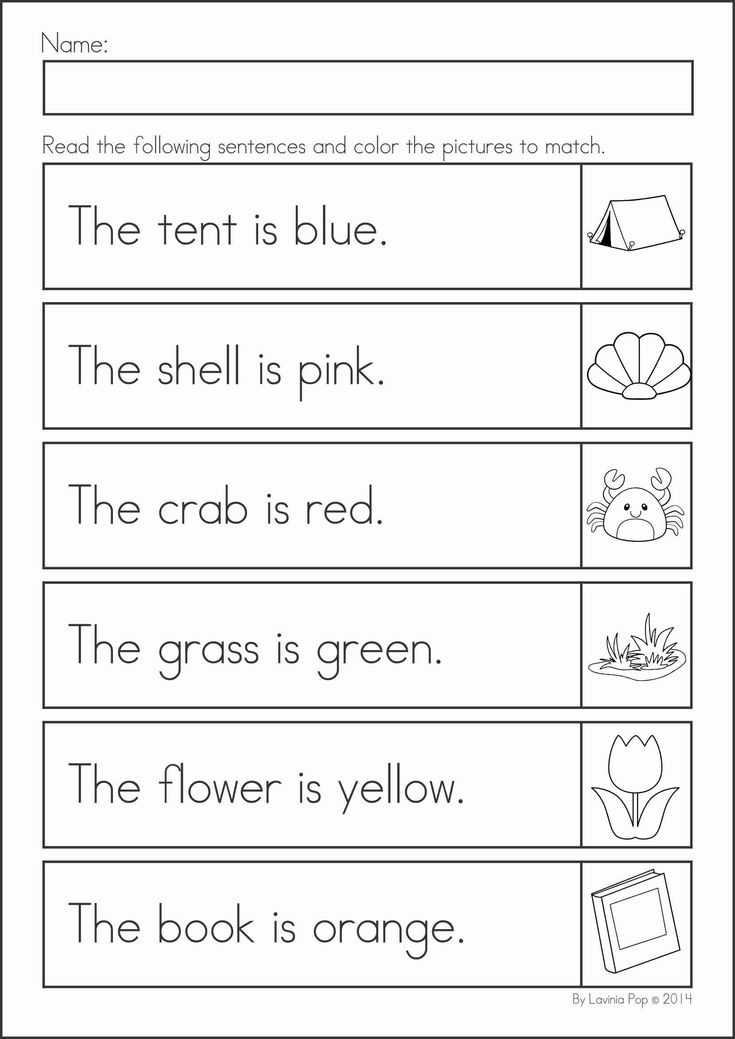 g., in illustrations, descriptions, or procedures).
g., in illustrations, descriptions, or procedures).- RI.K.9: With prompting and support, identify basic similarities in and differences between two texts on the same topic (e.g., in illustrations, descriptions, or procedures).
- RI.K.10: Actively engage in group reading activities with purpose and understanding.
- RI.K.10: Actively engage in group reading activities with purpose and understanding.
W.K: Writing
- W.K.1: Use a combination of drawing, dictating, and writing to compose opinion pieces in which they tell a reader the topic or the name of the book they are writing about and state an opinion or preference about the topic or book (e.g.,?My favorite book is...).
- W.K.1: Use a combination of drawing, dictating, and writing to compose opinion pieces in which they tell a reader the topic or the name of the book they are writing about and state an opinion or preference about the topic or book (e.g.,?My favorite book is.
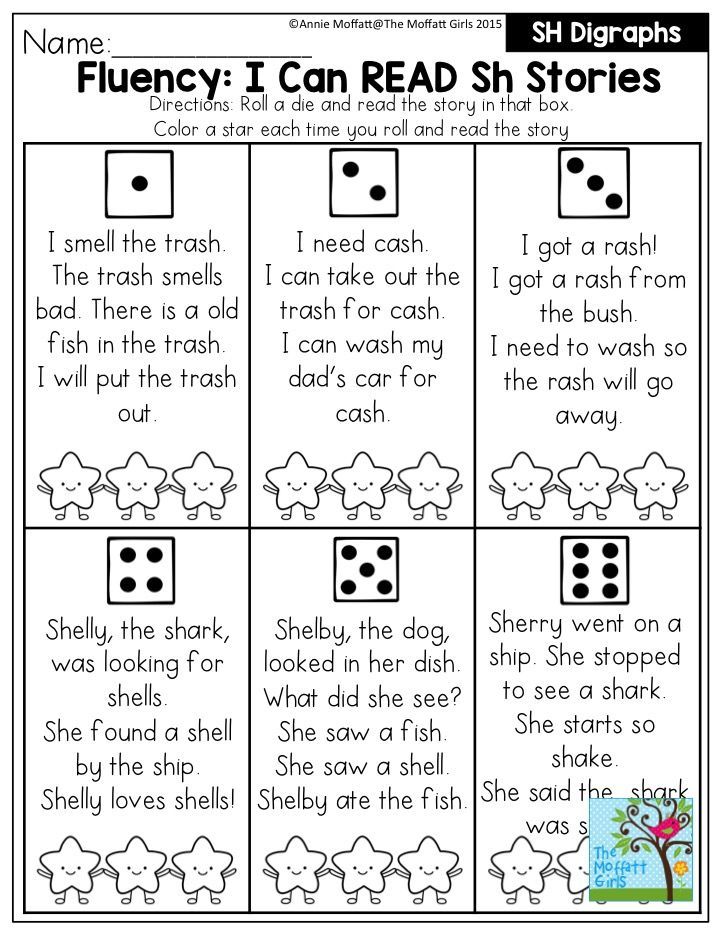 ..).
..).
- W.K.1: Use a combination of drawing, dictating, and writing to compose opinion pieces in which they tell a reader the topic or the name of the book they are writing about and state an opinion or preference about the topic or book (e.g.,?My favorite book is.
- W.K.2: Use a combination of drawing, dictating, and writing to compose informative/explanatory texts in which they name what they are writing about and supply some information about the topic.
- W.K.2: Use a combination of drawing, dictating, and writing to compose informative/explanatory texts in which they name what they are writing about and supply some information about the topic.
- W.K.3: Use a combination of drawing, dictating, and writing to narrate a single event or several loosely linked events, tell about the events in the order in which they occurred, and provide a reaction to what happened.
- W.K.3: Use a combination of drawing, dictating, and writing to narrate a single event or several loosely linked events, tell about the events in the order in which they occurred, and provide a reaction to what happened.
- W.K.5: With guidance and support from adults, respond to questions and suggestions from peers and add details to strengthen writing as needed.
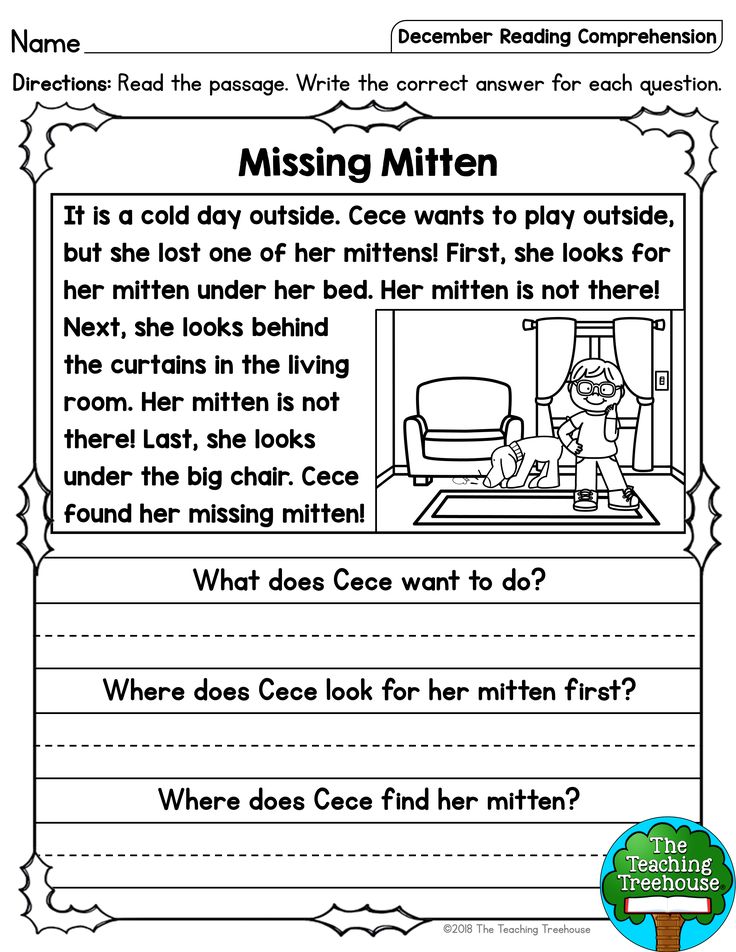
- W.K.5: With guidance and support from adults, respond to questions and suggestions from peers and add details to strengthen writing as needed.
- W.K.6: With guidance and support from adults, explore a variety of digital tools to produce and publish writing, including in collaboration with peers.
- W.K.6: With guidance and support from adults, explore a variety of digital tools to produce and publish writing, including in collaboration with peers.
- W.K.7: Participate in shared research and writing projects (e.g., explore a number of books by a favorite author and express opinions about them).
- W.K.7: Participate in shared research and writing projects (e.g., explore a number of books by a favorite author and express opinions about them).
- W.K.8: With guidance and support from adults, recall information from experiences or gather information from provided sources to answer a question.
- W.K.8: With guidance and support from adults, recall information from experiences or gather information from provided sources to answer a question.
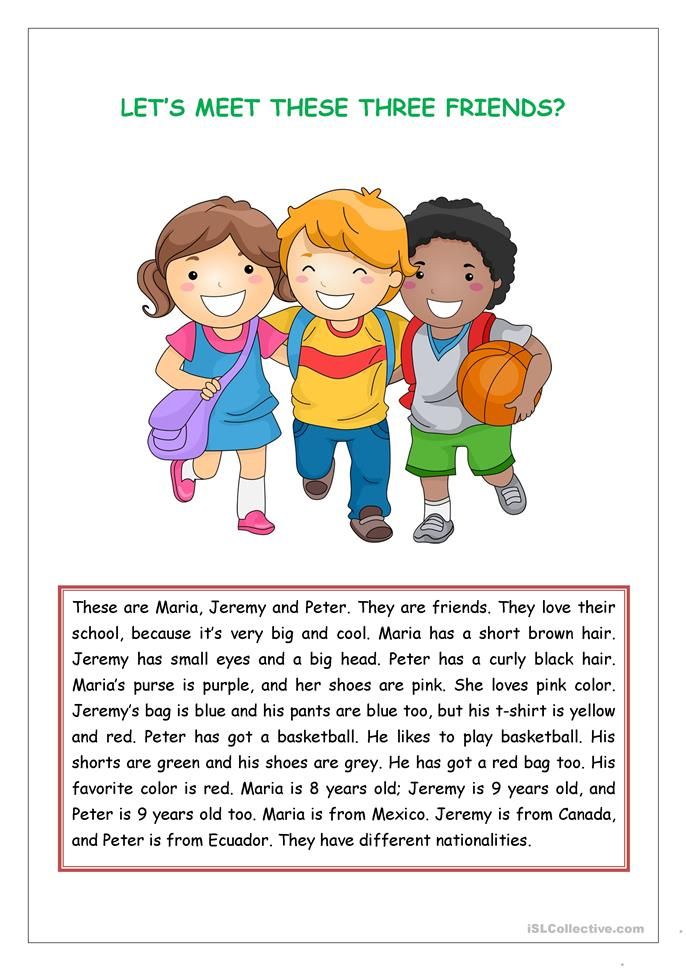
- W.K.8: With guidance and support from adults, recall information from experiences or gather information from provided sources to answer a question.
50 Kindergarten IEP Goals | Reading | Math | Writing
29.8K Shares
- 6
- More
Kindergarten IEP Goals and Objectives
So, there’s a reason why I am now just doing this post after the blog is more than 10 years old. I am philosophically opposed to this list. It doesn’t make sense to make a list of kindergarten IEP goals. No, really, stay with me here.
Remember, IEPs are needs-driven. They are not age or grade-driven. What skill one child can do in kindergarten will vary from other children. The IEP goals for a kindergartener should be based upon their identified needs in present levels. And not what grade they are in.
But, for some disabilities, skill deficiencies may not have been evident until a child was in a classroom setting.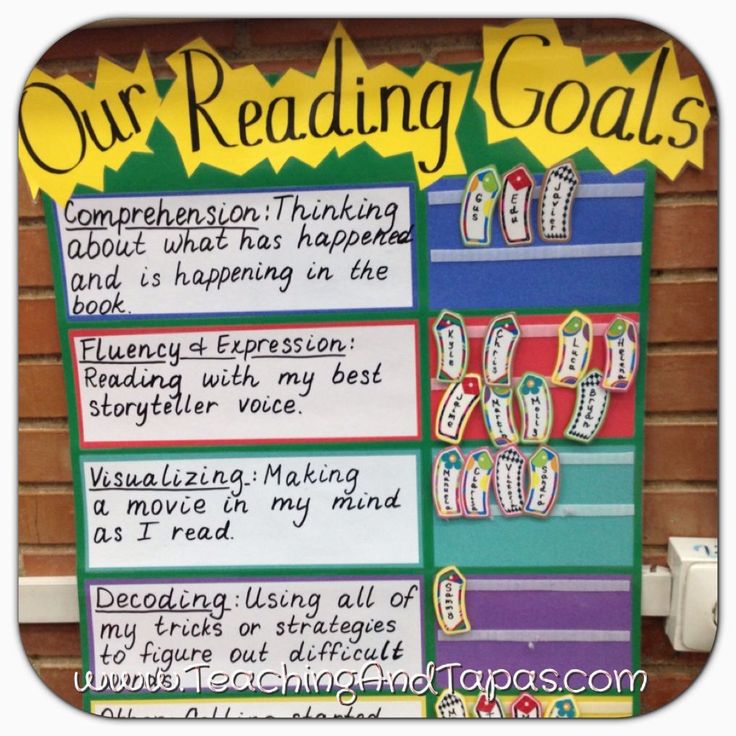 And, kindergarteners are expected to enter school with certain readiness skills. So, let’s do this.
And, kindergarteners are expected to enter school with certain readiness skills. So, let’s do this.
With the caveat: IEP goals are based on a child’s identified needs and baselines in IEP Present Levels, and not on what grade they are in. {repeat until it sticks}
Kindergarten Autism IEP
If your child has already been receiving services as a preschooler, or has autism, then you would continue to use the needs already identified. I have several posts related to that/
- How to Build a Meaningful IEP for Autism | Goals | Sample
- Maybe the Most Important IEP–>Preschool IEP to Kindergarten IEP
- Redshirting Your Kindergartener | Pros and Cons with an IEP
I also want to note that many of the skills listed below will overlap domains. For example, completing a matching pictures puzzle is both matching and fine motor. Side Note: We LOVE Melissa and Doug toys.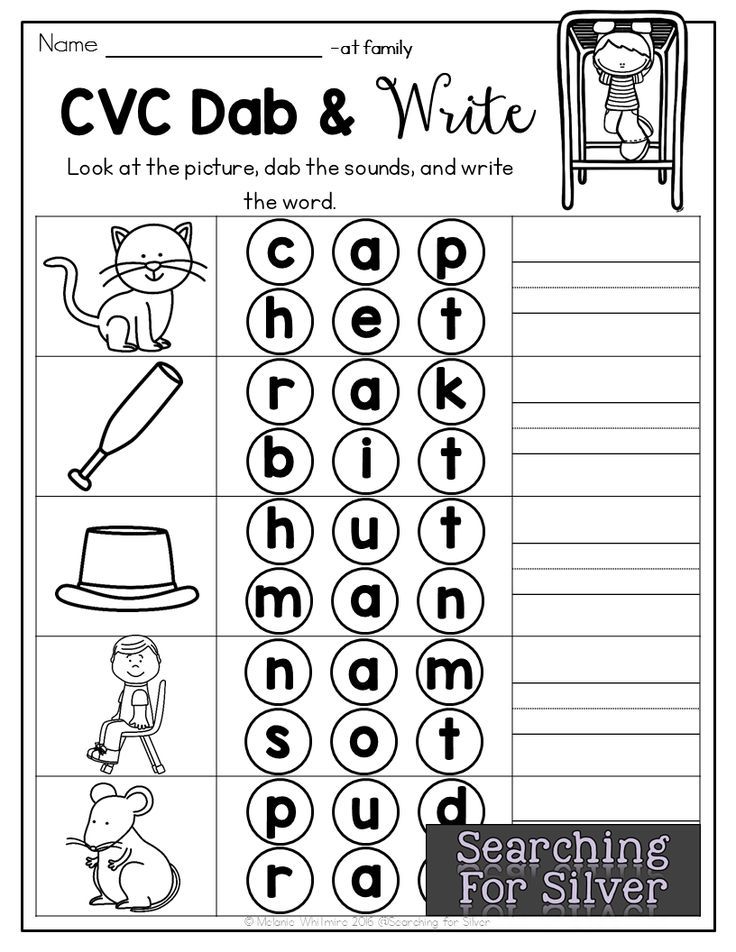 They are perfect for practicing all this stuff.
They are perfect for practicing all this stuff.
Kindergarten Transition IEP Goals
Let’s start at the beginning. Many school districts offer full day kindergarten now, which can be a huge change for a small child. While it should be the case (though I certainly acknowledge it is not always so), kindergarten should not be so academics-focused. It’s about learning to raise your hand, get in line, wait in line, and stuff like that. Kindergarten is a time to show off your self-help skills.
Many of these can be broken down into fine motor, OT, or other domains. I also want to note that this list of skills (to be turned into goals using the formula below) will vary in importance to parents and IEP teams.
- Can use the bathroom independently (may need to be broken down into identifying when they have to go, finding an adult and so on)
- Wash and dry hands
- Able to dress self (puts on coat, fastens snaps, buttons and zippers)
- Can state full name and age
- Separates from caregivers without excessive upset
- Reciprocal plays
- Shares with other children
- Waits his/her turn in line
- Attends to an adult-directed task for at least X minutes
- Recognizes and responds to other people’s feelings
- Follow 1 or 2 step commands (Put your books away and get in line for recess)
- Stays with an age appropriate activity to completion
- Asks for help when needed
- Interacts appropriately with adults and peers
- Respects the rights, property and feelings of others
- Works cooperatively (listens to others, shares and takes turns)
- Demonstrates increasing self-control (focus and attention)
- Participates in clean-up activities
- Takes responsibility for own belongings (lunch, coat, etc.
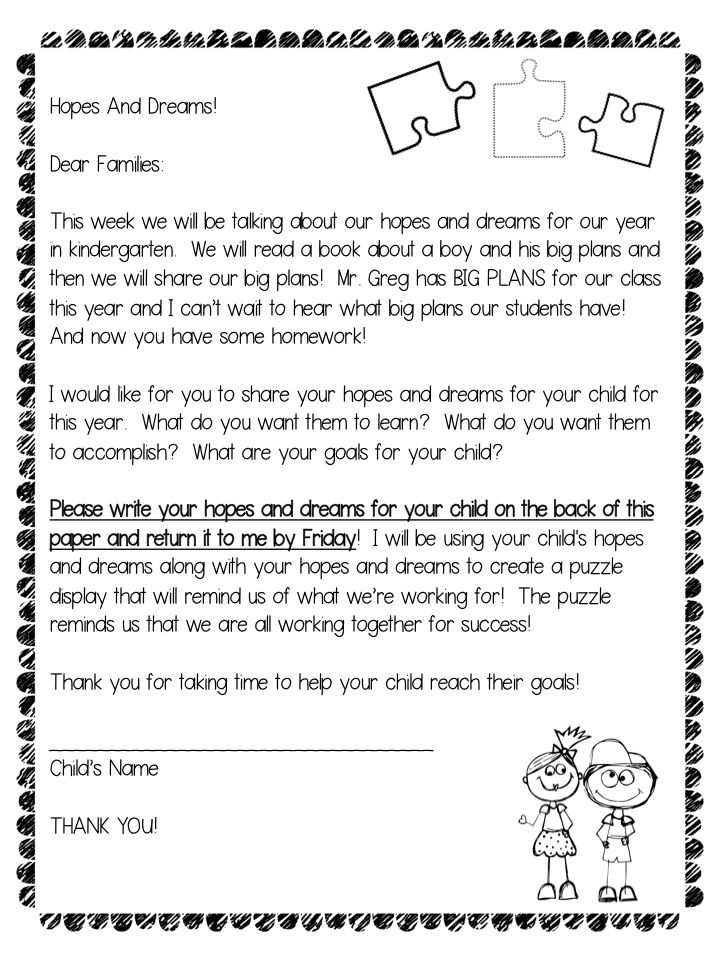 )
) - Identify relationships in speaking, such as “my friend Jacob’s mom” and “Mrs. Smith, my teacher”
Kindergarten Math IEP Goals
- Count from 1 to 10 without skipping numbers
- Match a number to a group of five or fewer items (“I see three cats”)
- Recognize and name basic shapes (square, circle, triangle, rectangle)
- Understand more than and less than
- Sequencing skills for 2-3 objects (like from smallest to biggest)
- Name or point to the colors in a box of eight crayons
- recognize patterns
- basic concepts of time
Kindergarten Writing Goals for an IEP
This list also includes IEP goals for reading for kindergarten and some kindergarten academics.
- Matching Skills
- Talks in sentences
- Follows one- and two-step oral directions
- Uses sentences that include two or more ideas
- Uses descriptive language (adjectives without knowing they are adjectives-big, little, funny, sad, yummy)
- Knows by heart and recites some common nursery rhymes and songs
- Pretends, creates and makes up songs or stories
- Can tells stories about everyday experiences
- Asks questions and expresses curiosity
- Expresses ideas so that others can understand
- Tries to write, scribble or draw
- Asks you to write words or notes to others
- Attempts to write own name and recognizes own name in print
- Looks at books or pictures on their own
- Pretends to read books by reading the pictures
- Tries to read in everyday situations (signs, labels, etc.
 )
) - Recognizes rhyming words
- Recognizes some common words in print (such as Dolch sight words)
- Recognizes many uppercase and lowercase letters
- Describes characters’ actions and feelings in a story
Kindergarten Gross Motor IEP Goals
- Run
- Swing, pumping legs to accelerate
- Jump with feet together
- Hop on one foot
- Climb stairs, 1 foot at time
- Bounce a playground ball and catch it
- Catch a playground ball when thrown or rolled toward them
- Somersault
Kindergarten Fine Motor IEP Goals
I have another whole list of fine motor IEP goals on this site.
- hold a pencil/crayon
- pick up small objects using a pincer grip
- use safety scissors
- simple puzzles, wooden board/block puzzles
Measurable IEP Goals for Kindergarten
Of course, with anything on an IEP, it has to be quantified and measurable.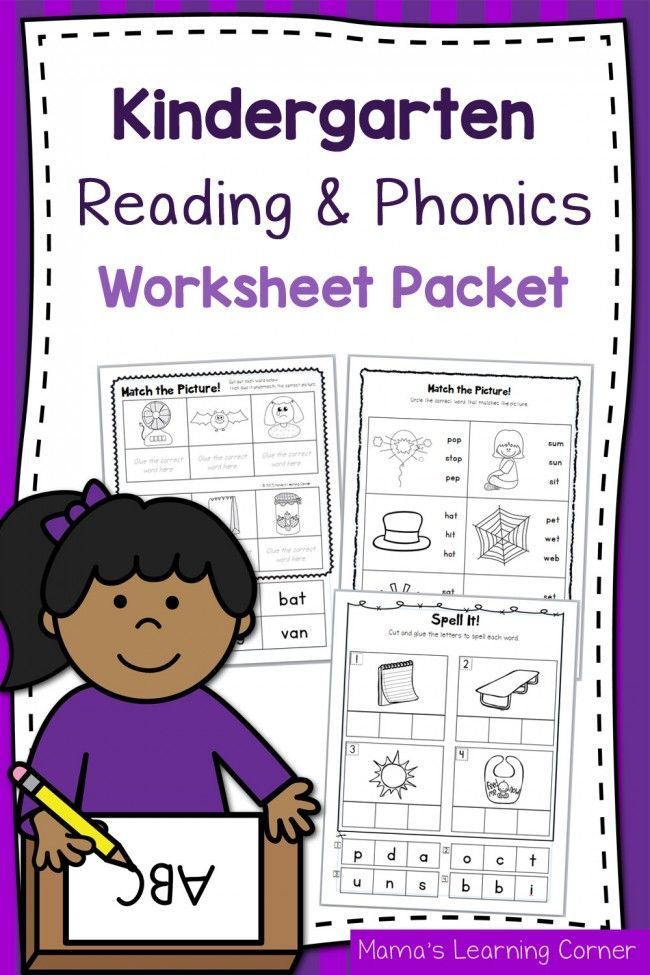 Use this flow chart. Simply insert the skill and other details, using the data from present levels as your baselines. And voila! Measurable!
Use this flow chart. Simply insert the skill and other details, using the data from present levels as your baselines. And voila! Measurable!
Hope this helps. But I’m going to say it one more time: IEP goals are based on needs, not age or grade.
29.8K Shares
- 6
- More
Reading fiction in kindergarten. | Fiction consultation (senior group):
ME WITH CHILDREN
Reading fiction in kindergarten.
Dryanitsyna Natalya Yurievna.
Introducing children to artistic reading is currently a problem of modern society. It should be noted that literature is a powerful means of intellectual, moral and aesthetic education. It enriches children's speech, emotions, forms humane feelings, makes it possible to think, fantasize. Adults, from the very birth of a child, should arouse interest and love for the book, open the reader in the baby.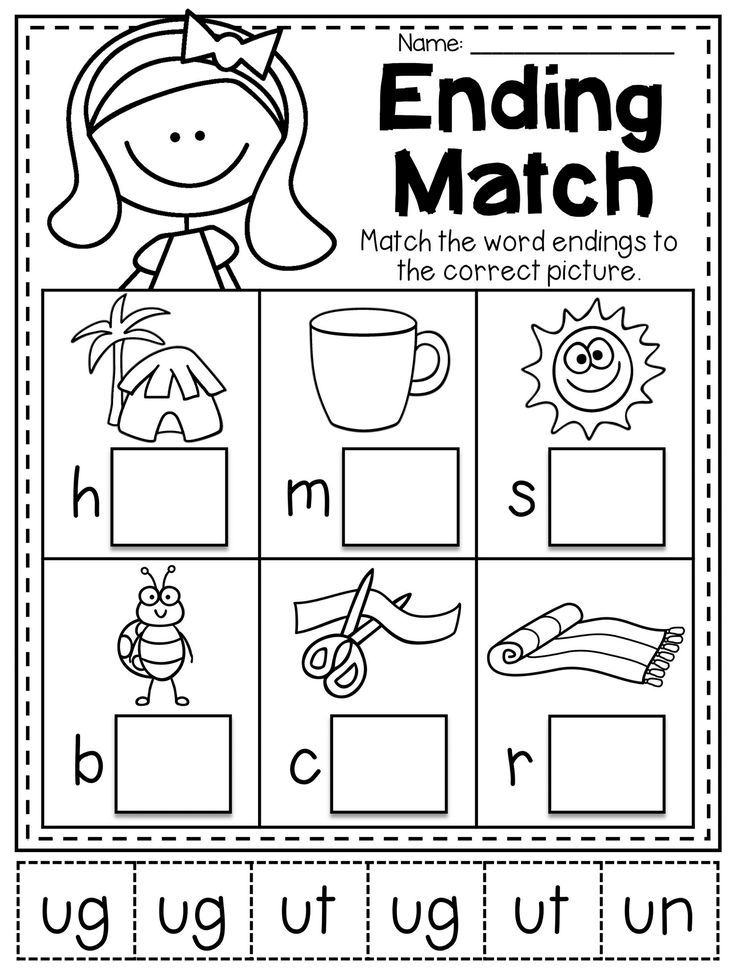
The main goal of reading fiction in kindergarten is to develop an interest in reading among preschoolers. Such activity begins already in the first junior group.
Preschool children are listeners, not readers, therefore a work of art is conveyed to them by a teacher. The teacher has an important task - each work must be conveyed to children as a work of art, its intention revealed, the listener interested in an emotional attitude to what is read: feelings, actions, lyrical experiences of the characters.
The purpose of the work of teachers:
• Development of interest in fiction.
• Formation of literary taste.
• Education of the future reader.
Tasks:
• Introduce children to various genres of literature (stories, poems, works of oral folk art (songs, nursery rhymes, riddles, fairy tales, poets, writers, illustrators).
• Enrich vocabulary with figurative words, expressions, help form competent speech.0003
• To promote psychophysiological development (phonemic hearing, memory, attention, imagination, artistic and literary creativity.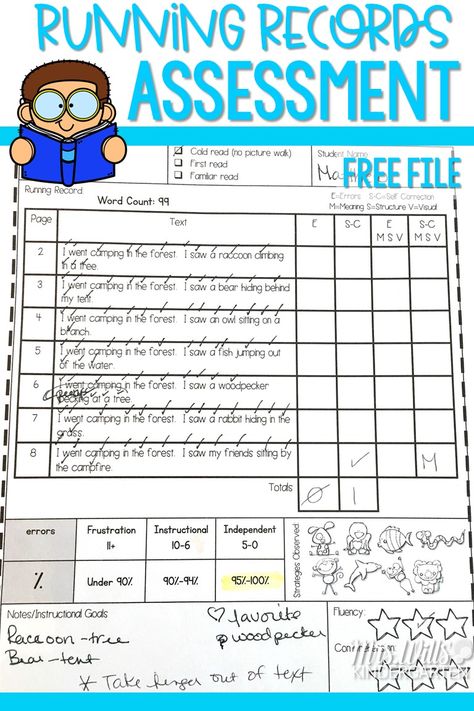
• To form a positive image of "I".
• To cultivate the need to communicate with a book, the culture of reading, respect for the book.
In the process of communicating with a book, the child not only learns the past, present and future of the world, but most importantly, learns to think, analyze, develops creatively, thus forming the moral and cultural basis of the personality.0003
Instilling interest in fiction, forming a literary taste, we use various, including non-traditional forms of work with children, parents, the public, since only well-coordinated joint work, the efforts of adults surrounding children can introduce children to reading books.
Methods of work to introduce children to reading include:
- Verbal:
• Reading works of art.
• Talks based on reading.
• Learning by heart.
• Retelling of works.
• Expressive reading.
- Practical:
• Dramatization games.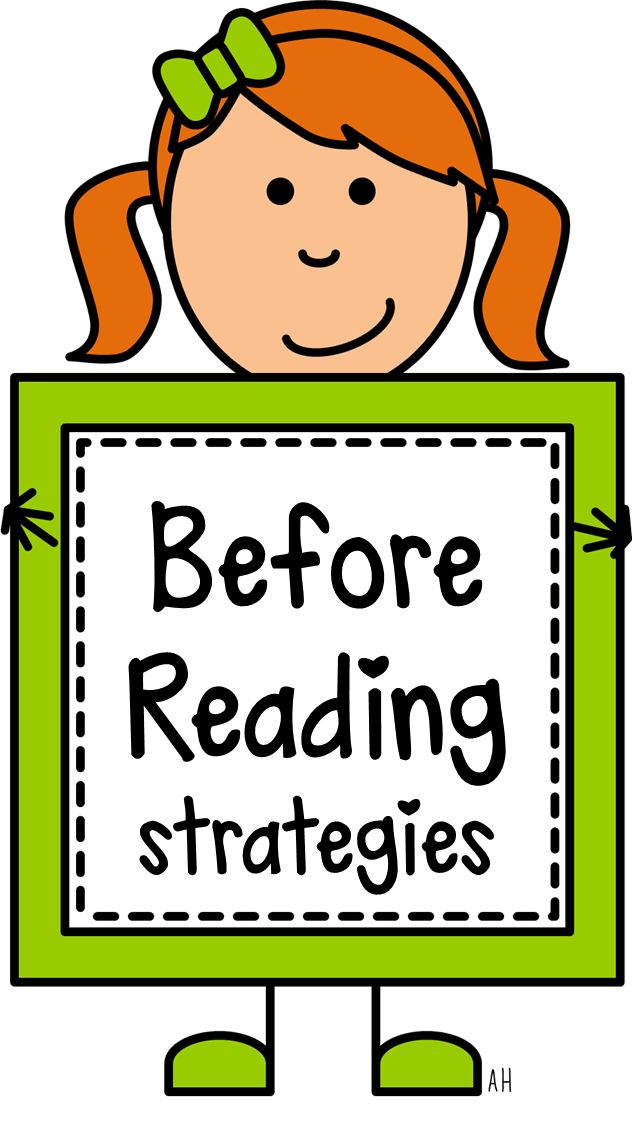
• Didactic games.
• Elements of staging.
• Image of what has been read in visual activity (sculpting, drawing, appliqué).
• Theatrical activities.
- Visual:
• Display of illustrations, pictures, toys.
• Watching videos, movies.
• Design of exhibitions.
• Use of different types of theatre.
Examples of cooperation with parents are:
• Parent meetings.
• Individual advice.
• Workshops.
• Folders - sliders.
• Photo presentations.
• Participation of parents in project activities, literary competitions, in the creation of the library fund of the preschool educational institution, in the design of exhibitions, layouts.
Based on the fact that the system of work on introducing preschool children to reading books based on various forms of work with children, parents, and the public allows preschoolers to:
1) increase the level of cognitive, speech, psychophysical development of children;
2) creates the prerequisites for the realization of creative abilities, self-expression;
3) helps children enter the world of fiction and develop reading skills.
Thus, it is important to recognize the process of reading as determining in education and development, worldview and moral development of a person, a child.
"Introducing children to reading fiction in preschool educational institutions"
Inviting children to reading or
system of work to introduce children to reading , internet. Today's reader, of course, is different from the reader of past years. First of all, because he has less time to read, and often, there is no desire.
Process communication of a preschool child with a book - is the process of becoming a personality in him. The book should enter the child's world as early as possible, enrich this world, make it interesting, full of extraordinary discoveries. The child should love the book, reach out to it, perceive communication with it as a holiday. Preschool child is a kind of reader .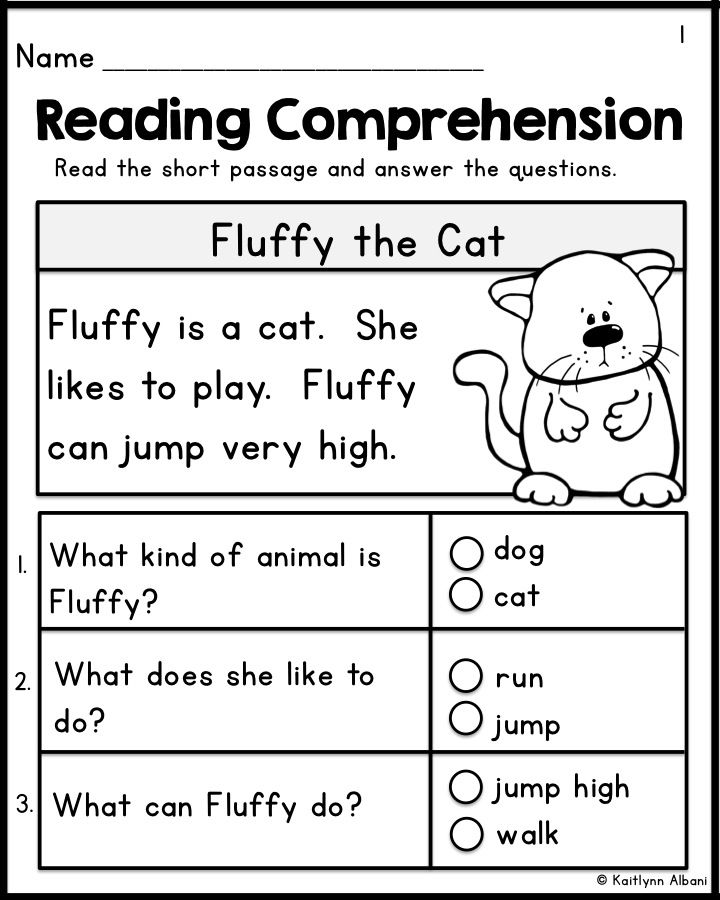 The word "reader" in relation to preschool age is conditional. Actually is listener , whose encounter with a book is completely determined by an adult, from the choice of text for reading to the duration of communication with the book. Taste, interest in a work, its interpretation, the ability to navigate the circle of children's reading, the creation of a reading system - all this is in the power of an adult. It also depends to a large extent on the adult whether the child will become a real, enthusiastic reader or whether an encounter with a book in preschool childhood will flash by a random, meaningless episode in his life.
The word "reader" in relation to preschool age is conditional. Actually is listener , whose encounter with a book is completely determined by an adult, from the choice of text for reading to the duration of communication with the book. Taste, interest in a work, its interpretation, the ability to navigate the circle of children's reading, the creation of a reading system - all this is in the power of an adult. It also depends to a large extent on the adult whether the child will become a real, enthusiastic reader or whether an encounter with a book in preschool childhood will flash by a random, meaningless episode in his life.
The purpose of the work on introducing children to reading in kindergarten is :
- to teach children to listen to reading
- to teach deeply, to comprehend the text
- to educate a competent reader. In the implementation of this goal, the tasks of mental, aesthetic, moral education of preschool children are solved.
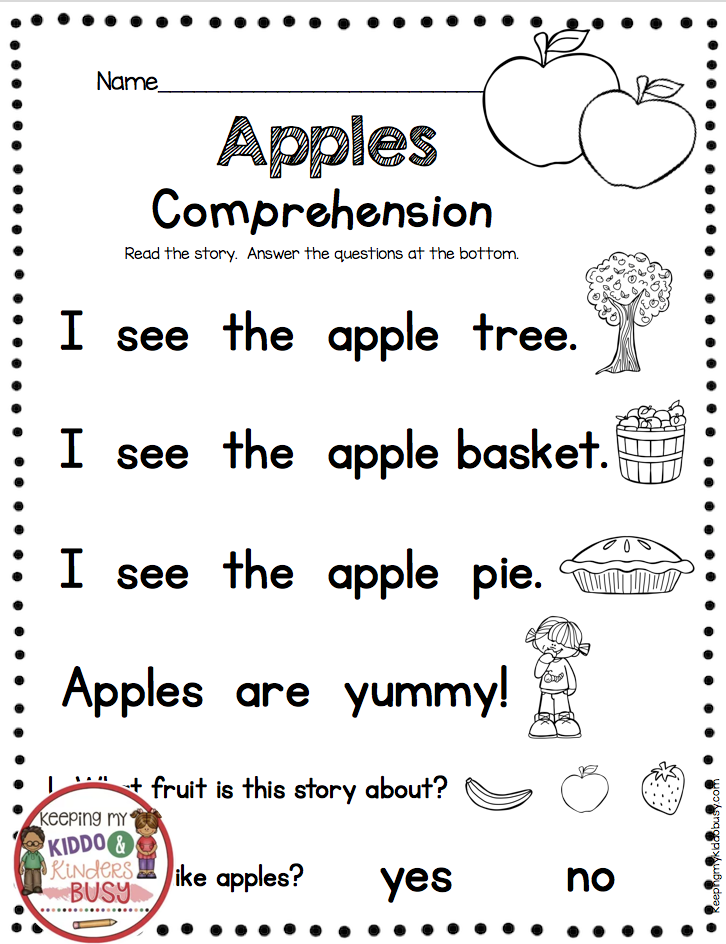 Mental education is the development of perception, thinking, development of speech. Aesthetic education is the development of children's creative abilities. Reading especially fairy tales forms the moral baggage of the child.
Mental education is the development of perception, thinking, development of speech. Aesthetic education is the development of children's creative abilities. Reading especially fairy tales forms the moral baggage of the child.
These tasks are solved through various forms of work with children:
- Daily reading of fairy tales, stories, poems.
- Independent examination of books.
- Organized classes.
- Free communication of a teacher with children based on fiction.
- Collaboration with parents on this issue. The process of daily reading should take at least 30 minutes a day (depending on age). The purpose of daily reading is to deep comprehension of the text by children.
Daily reading involves selection of works. The best option is to combine them on the basis of genre and the alternation of stories, fairy tales, poems.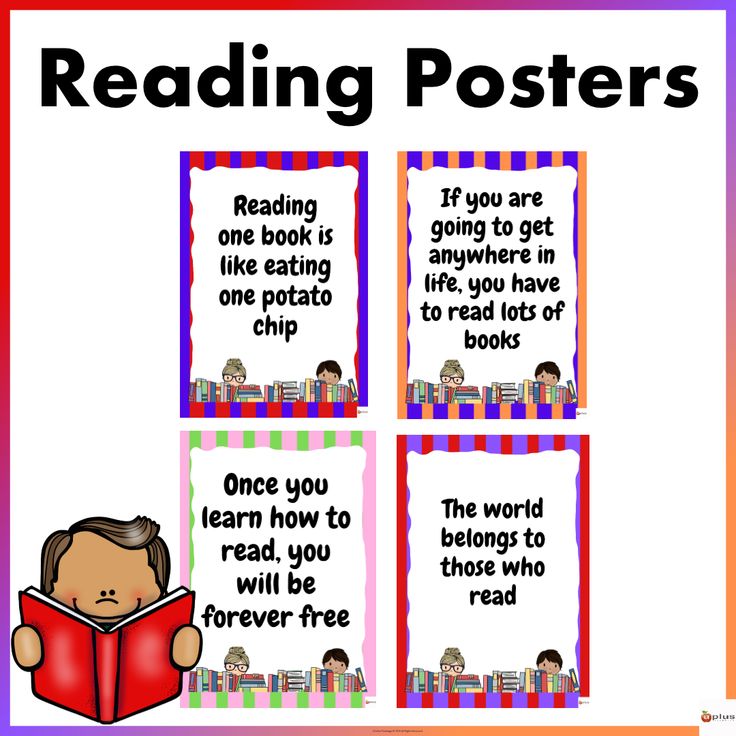
1st week - reading folk and author's fairy tales; dramatization of works or excerpts from fairy tales; viewing illustrated editions of fairy tales.
2 - week - reading poems;
3 - week - reading stories and novels; viewing illustrations for individual works;
4 - week - a journey through the pages of a "thick book" (at senior preschool age).
After the book is read, the children's attention is fixed on its content, the teacher shows illustrations to it.
Depending on the age of the children, the educator changes the methods of viewing artistic illustrations.
- In the first and second younger groups, the methods of looking at the child are aimed at recognizing characters, things: - Find out who it is? - Show me where, who or what?
- In the middle group - matching phrases of the text with pictures: - Find a picture for such words.
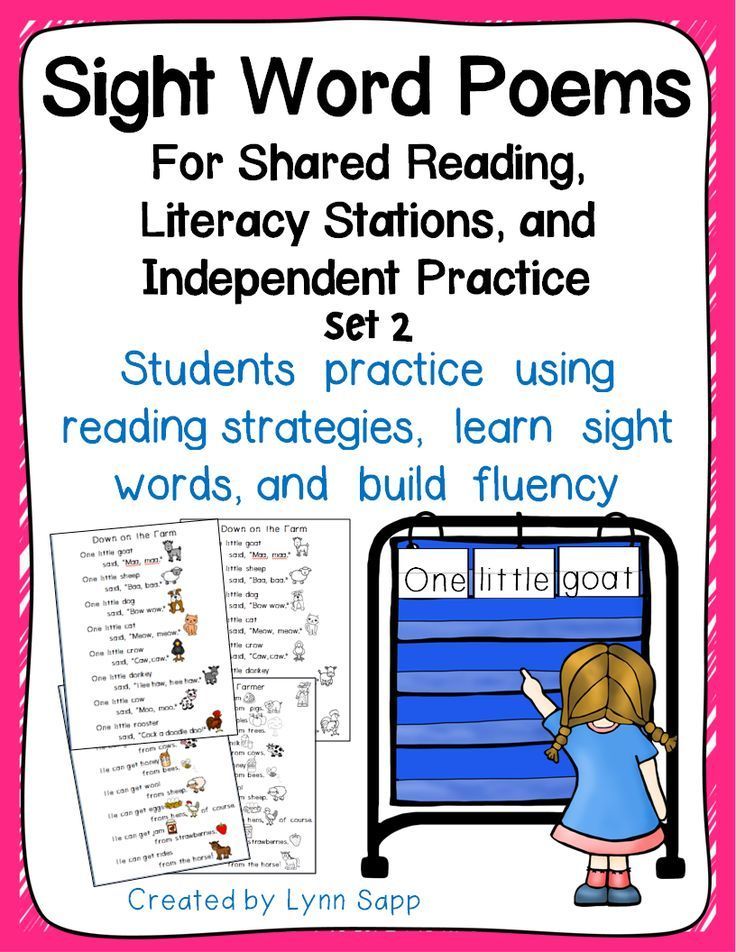 What words fit this picture?
What words fit this picture? - In the senior group - leading the child to assess the color of the drawn objects, the expressiveness of the hero's gesture, the location of the figures: - Why do you like this picture?
- In the preparatory group for school - comparison of illustrations by different illustrators for the same work. The main goal of viewing illustrations in all age groups is to call children to a conversation.
When examining books from an early age, it is necessary to teach children to treat a book as the greatest value, to hold it correctly in their hands , to leaf through it correctly, to know its place on a bookshelf, to remember that a book has an author and title.
Organized classes to introduce children of different age groups to fiction are organized differently.
With young children the teacher works individually or in groups of 2-6 people.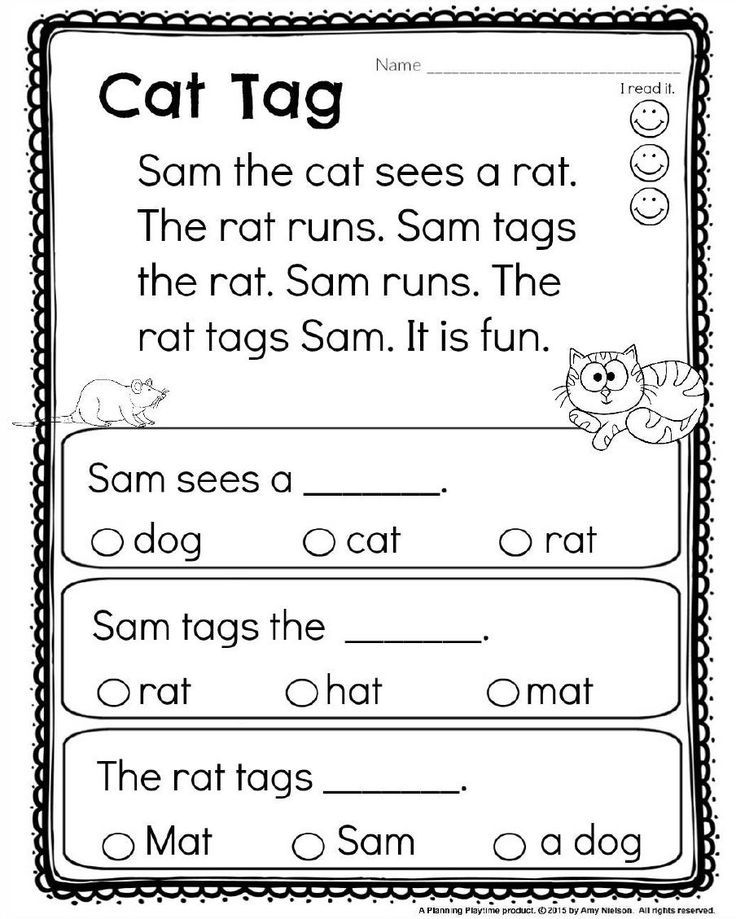
A group of children of primary preschool age for listening to reading or a story are divided into two subgroups.
In the middle and senior groups classes are held simultaneously with all children.
The basic rule for organizing reading classes for children is the emotional uplift of both the reader and the listeners. The mood of elation is created by the educator. With a few introductory words, it arouses the children's interest in what they are going to read or talk about. The colorful cover of a new book, which the teacher will show before reading, may also be the reason for their increased attention. The teacher reads the text of a work of art without interruption, comments are allowed only when reading educational books.
Any words that children may find difficult to understand should be explained at the beginning of the session. In order to teach children to listen to a work of art, to help them assimilate its content and emotional mood, the teacher must read expressively .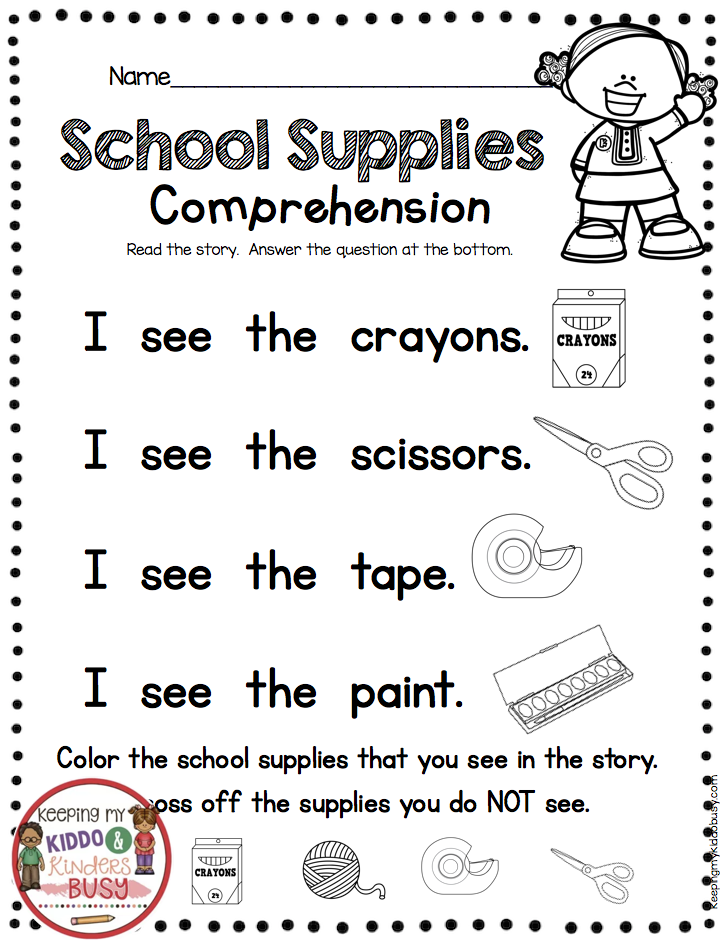 To read expressively means to express by intonation one's attitude to what one is reading about. The expressive reading of the educator is a way to bring to the child the whole gamut of emotions contained in the readable work of art, as well as the development and improvement of his feelings. To expressively read a work of art to children is the observance of the norms of orthoepy, which is an element of the culture of speech. Particular attention is paid to the pronunciation of those words that are written differently than they are pronounced: (his, his, today, bakery, boring). It is better not to pronounce a word at all than to pronounce it with an orthoepic error. The next element of expressive reading is the power of the reader's voice. In order to bring the content of a work to the attention of a small listener, it is necessary, while reading, to strengthen and weaken the voice in strict accordance with the content. Accuracy and expressiveness of speech is facilitated by the correct placement of logical stresses, the expressiveness of which is determined by the reader's ability to modulate his voice in strength.
To read expressively means to express by intonation one's attitude to what one is reading about. The expressive reading of the educator is a way to bring to the child the whole gamut of emotions contained in the readable work of art, as well as the development and improvement of his feelings. To expressively read a work of art to children is the observance of the norms of orthoepy, which is an element of the culture of speech. Particular attention is paid to the pronunciation of those words that are written differently than they are pronounced: (his, his, today, bakery, boring). It is better not to pronounce a word at all than to pronounce it with an orthoepic error. The next element of expressive reading is the power of the reader's voice. In order to bring the content of a work to the attention of a small listener, it is necessary, while reading, to strengthen and weaken the voice in strict accordance with the content. Accuracy and expressiveness of speech is facilitated by the correct placement of logical stresses, the expressiveness of which is determined by the reader's ability to modulate his voice in strength.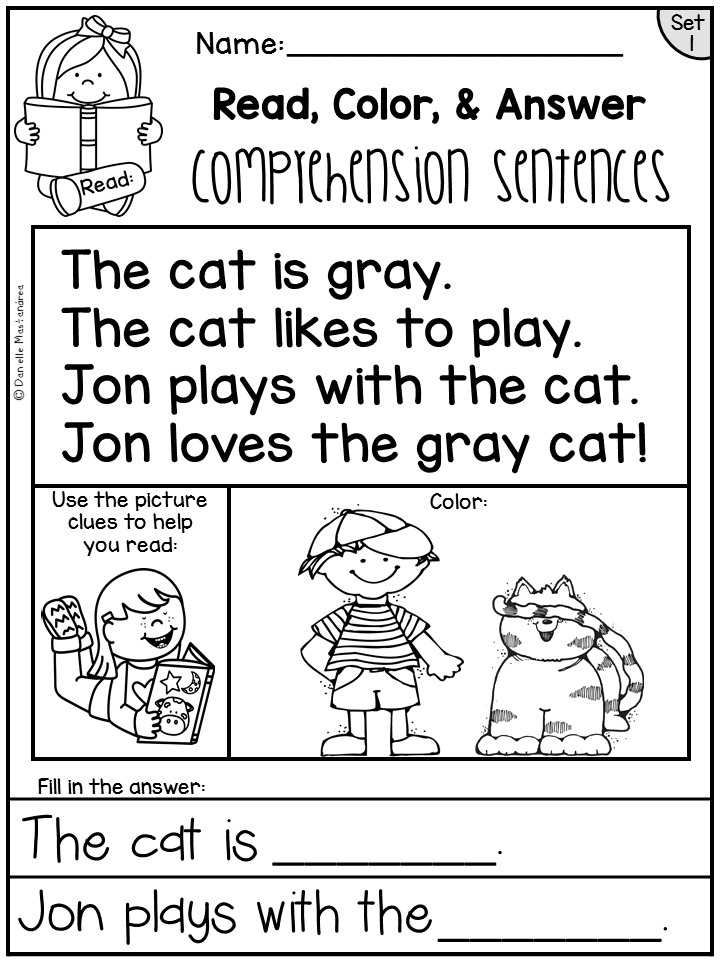 It is very important when reading to maintain the required rate of speech. Where it is necessary to read slowly, in other cases quickly and provocatively. Words that we want to pay attention to , pronounce slowly , and less significant - sometimes almost patter .
It is very important when reading to maintain the required rate of speech. Where it is necessary to read slowly, in other cases quickly and provocatively. Words that we want to pay attention to , pronounce slowly , and less significant - sometimes almost patter .
With the help of pauses it is possible to fully convey the mood of the characters . The closest attention should be paid to the moral principle of the work , with the help of literature to awaken "good feelings" in the child.
The free communication of the educator with children on the basis of fiction makes it possible to offer them the type of activity that, at the moment, they are especially attracted to: dramatization, puppet show, reading the work in faces, “telling poetry with hands”.
Work with parents to introduce children to reading consists of:
- consultations on children's reading, psychology of age and perception;
- obligatory involvement of parents in the organization and holding of literary quizzes, holidays.
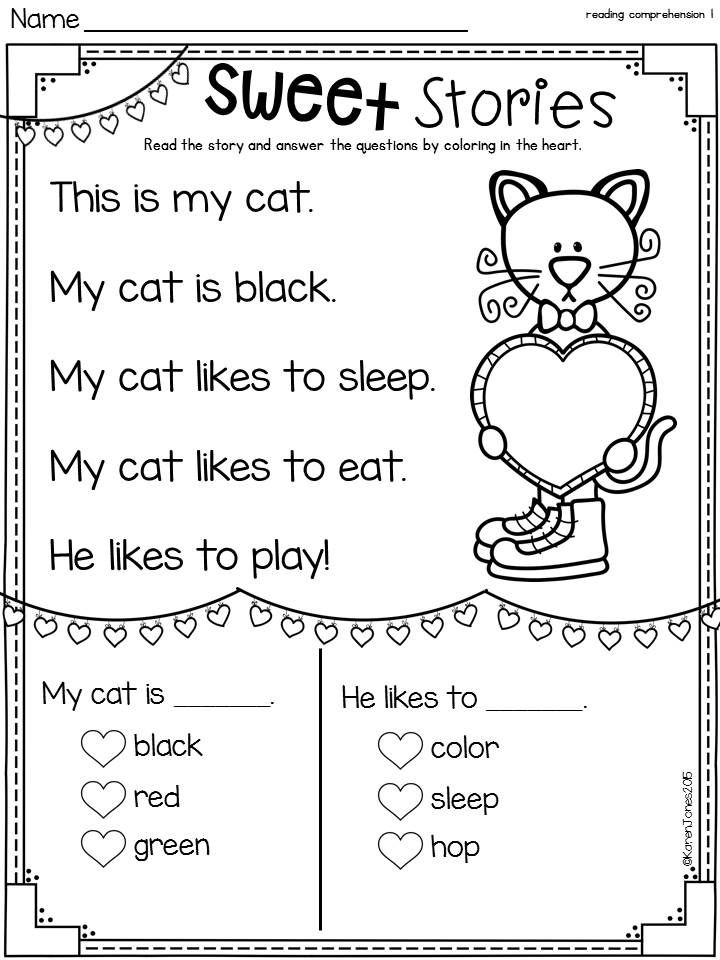
- involvement of parents in the design of the information space in the group associated with the book (book exhibitions, annotations, recommendations on what to read to children).
- registration of information about books that are read to children in the classroom.
- organized open classes to familiarize parents with fiction.
In order to carry out various forms of work to introduce children to the book, certain conditions must be created in the kindergarten:
- Availability of an age-specific library fund of fiction. v Presence of a portrait fund of children's writers
- Presence of grammar dictionaries for educators.
- Organization of group book corners.
In each age group of the kindergarten there are sort of information centers – book corners. As a rule, these books are richly illustrated and in good condition. The composition of books in group book corners is updated from time to time, either completely or partially, not only because the books wear out, but also because the process of raising children requires their constant thematic renewal.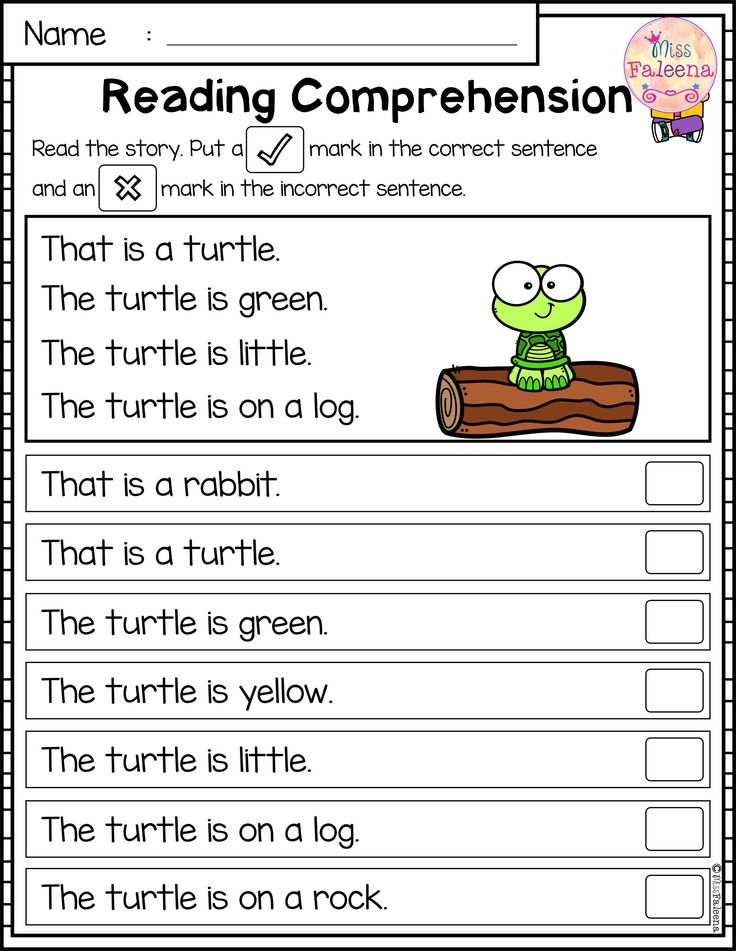 Children take books from the book corner according to their desire and taste, but then they always put them in their place. At senior preschool age, the duty of children who give out and receive books and are responsible for their safety should be organized.
Children take books from the book corner according to their desire and taste, but then they always put them in their place. At senior preschool age, the duty of children who give out and receive books and are responsible for their safety should be organized.
If a tattered book is found, the teacher of the junior and middle groups repairs it himself, preferably in the presence of the children. In older groups, children are also involved in repairing books. Thematic book exhibitions are periodically organized in the book corners. For example, "Our books about nature", "Pushkin's Tales", "Our Russian folk tales", "Books read in September". Illustrations by famous children's illustrators are exhibited. Already from the middle group, children recognize the titles of fairy tales and stories by the covers and illustrations. With the help of a teacher, they remember the names of such authors as A.S. Pushkin, K.I. Chukovsky, L.N.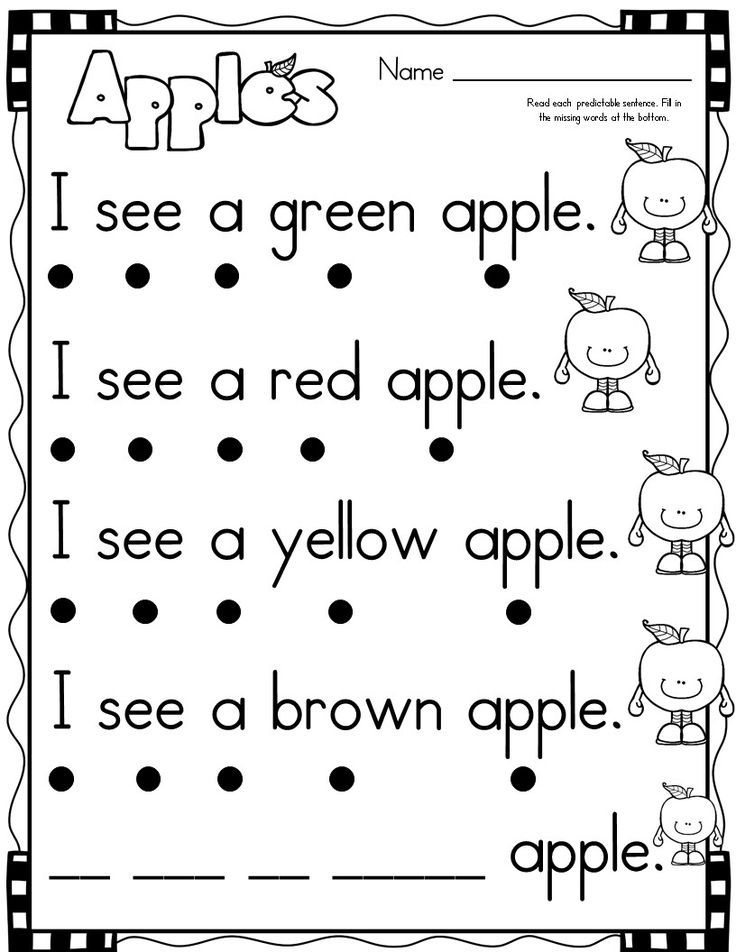 Tolstoy, M.M. Prishvin, S.Ya. Marshak, S.V. Mikhalkov.
Tolstoy, M.M. Prishvin, S.Ya. Marshak, S.V. Mikhalkov.
Starting from the middle group, there are short but meaningful conversations about books and writers. During these conversations, it turns out which books are loved by children, and later - and why they like this or that book. After conversations on read works, children of senior preschool age are offered to complete creative tasks. For example: pick up a rhyme for the word, pronounce the word with a change in intonation, pick up synonyms for the word - sleeps, sleeps, pick up antonyms for the word - strong, brave. In the book corners, children's creative drawing albums are placed based on the works read for the month.
In the process of children's interaction with the books of the group book corner, they learn the following words: binding, cover, page, and a little later - spine. Through children's book corners, the education of a competent reader takes place.